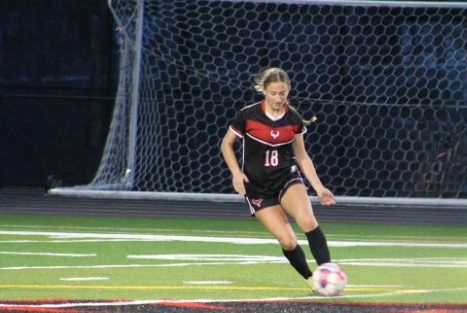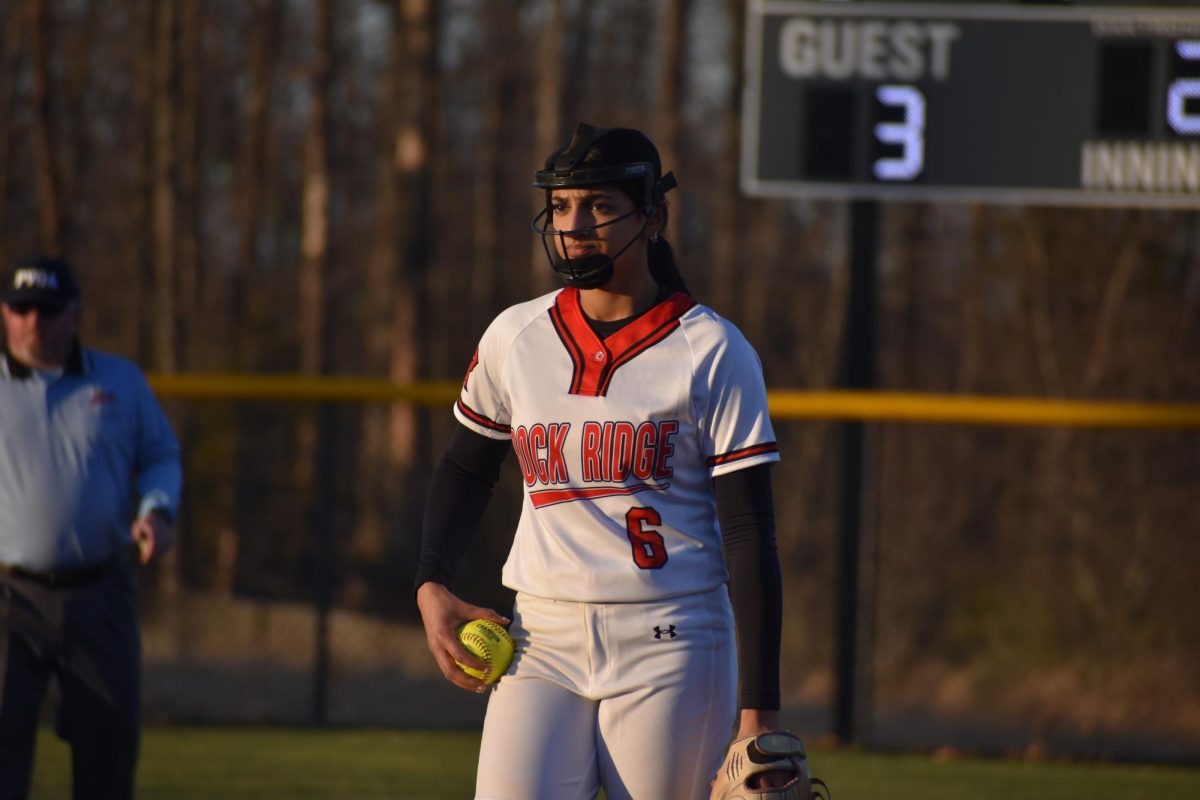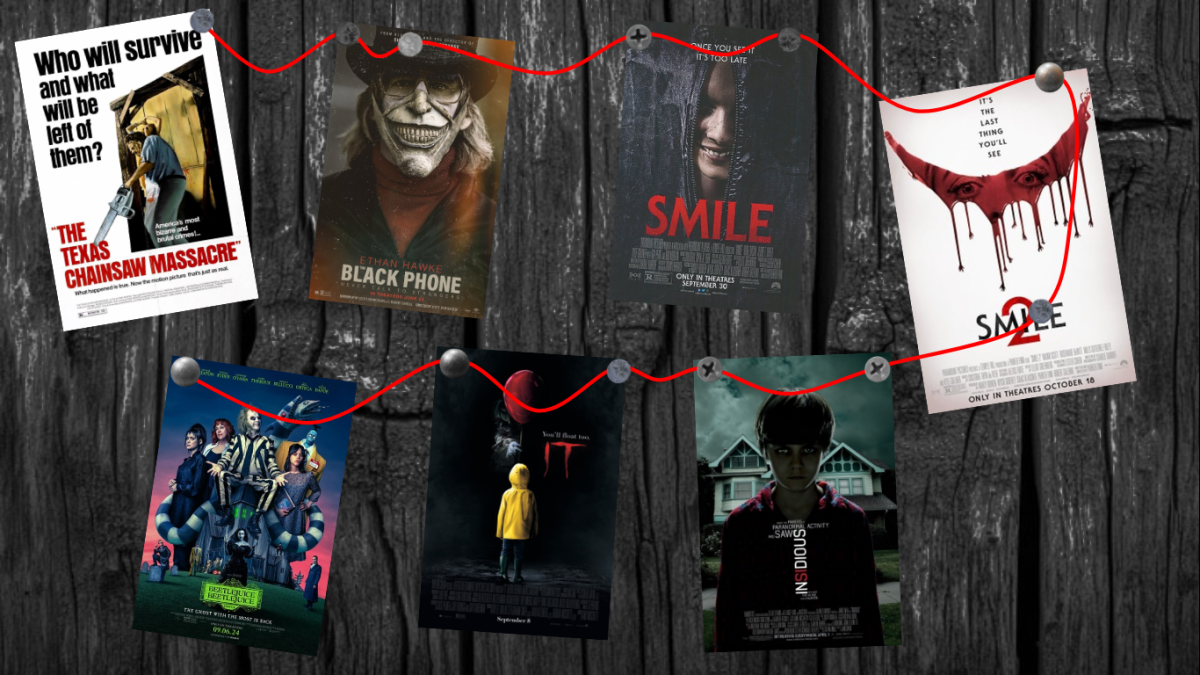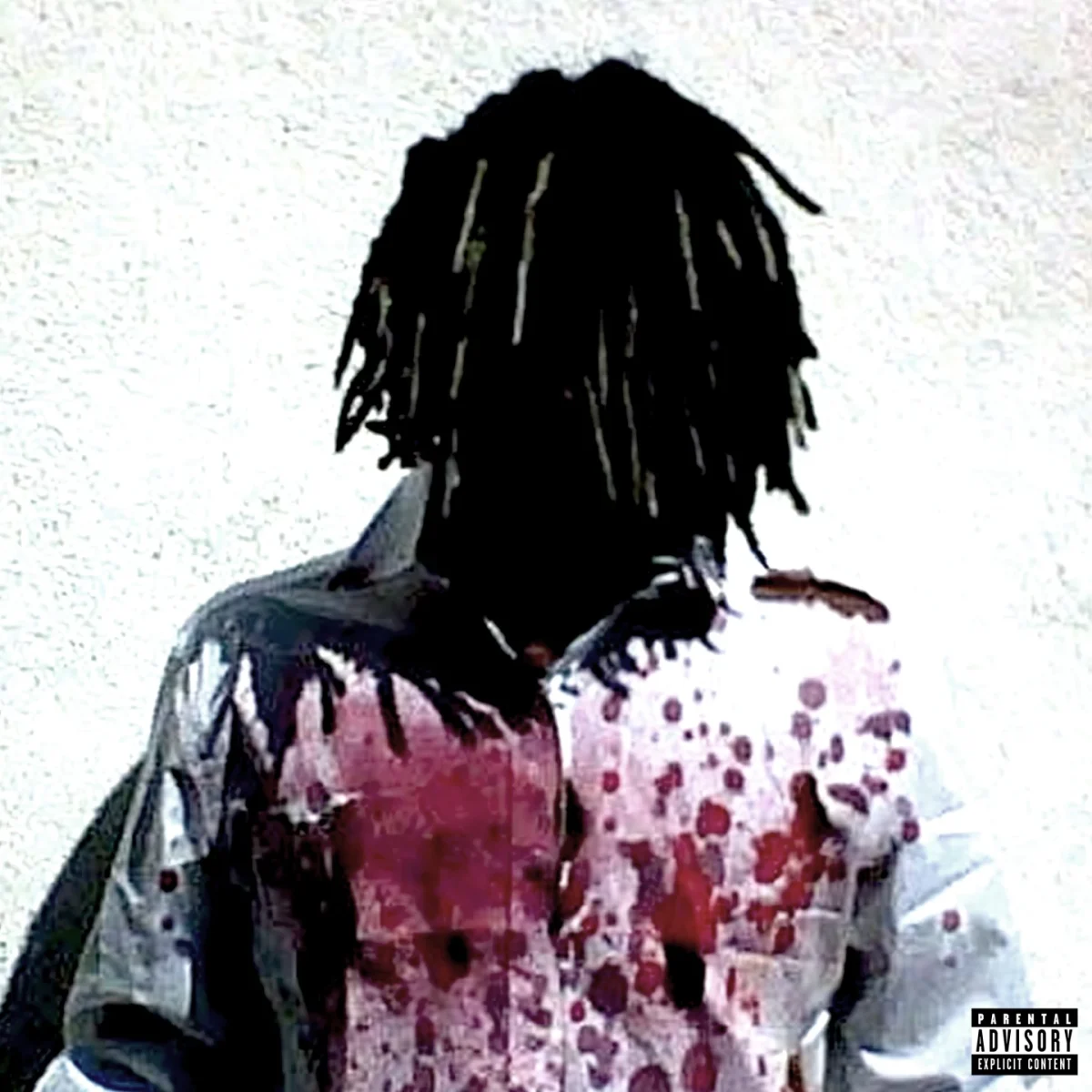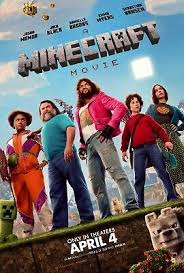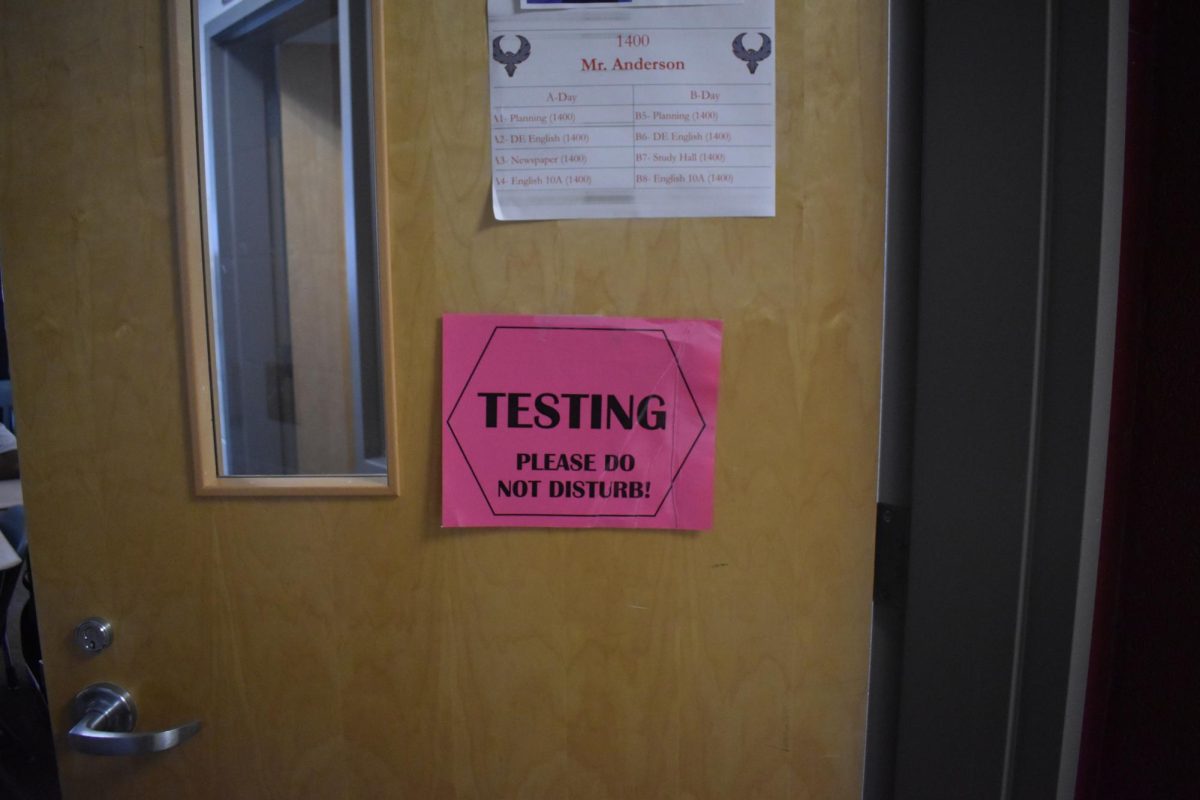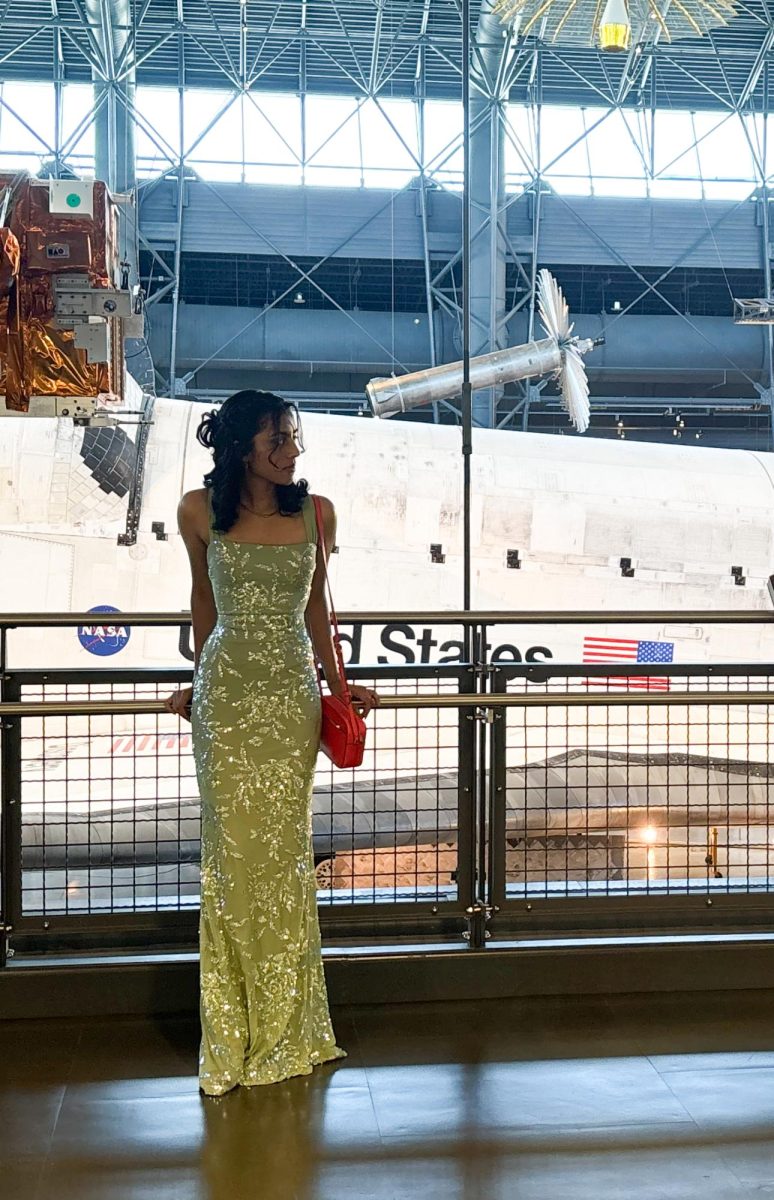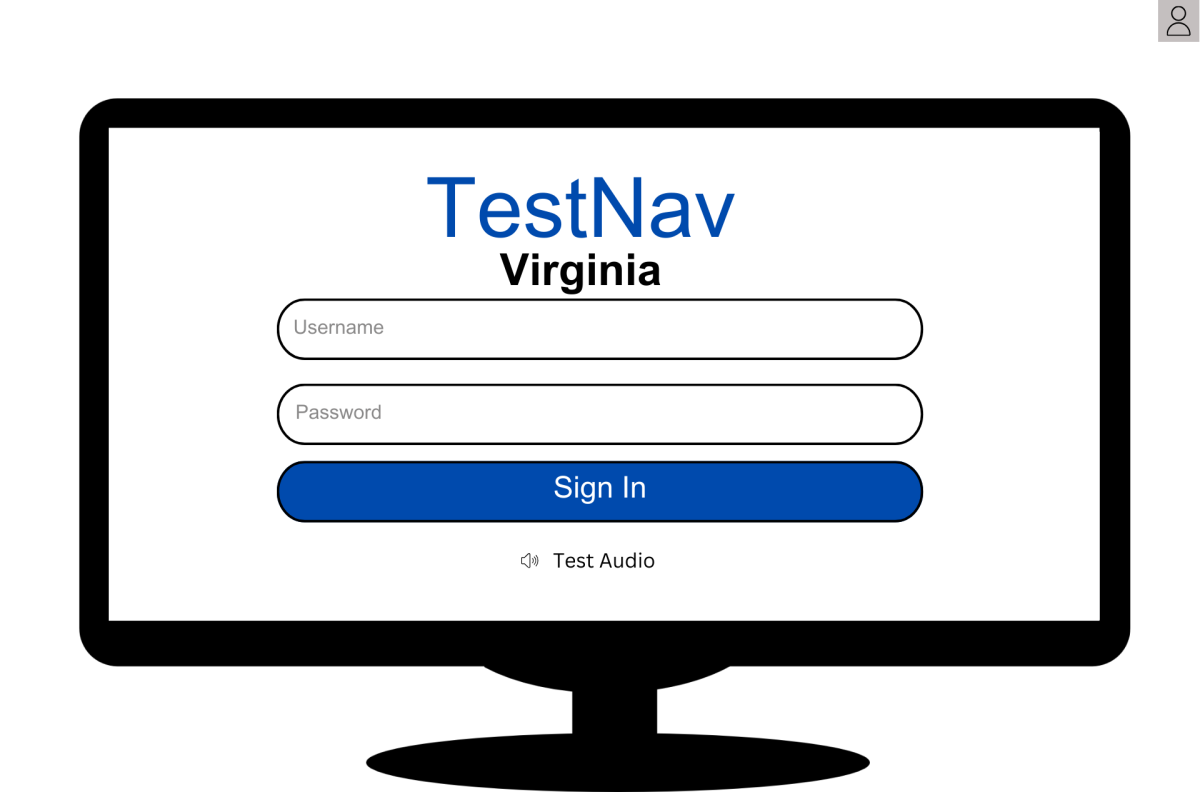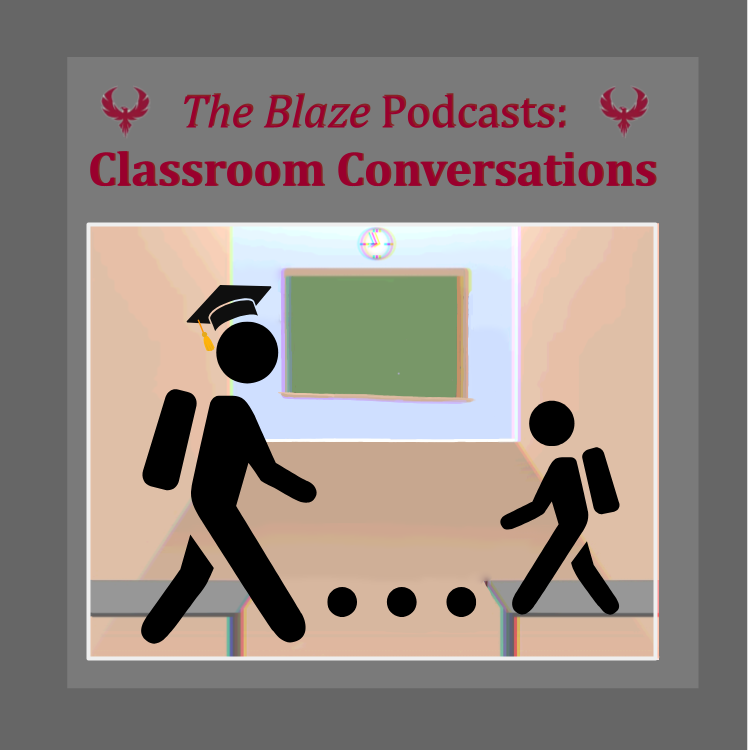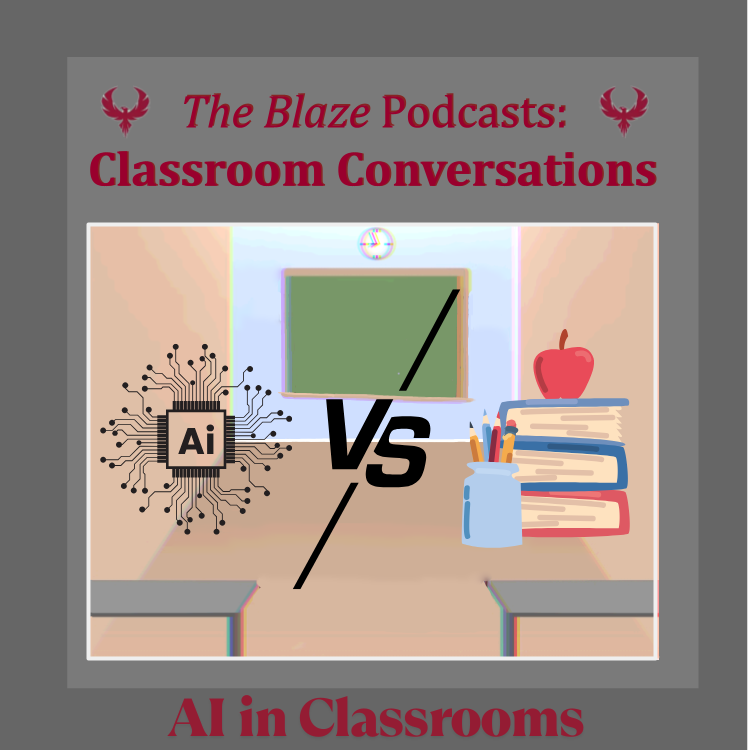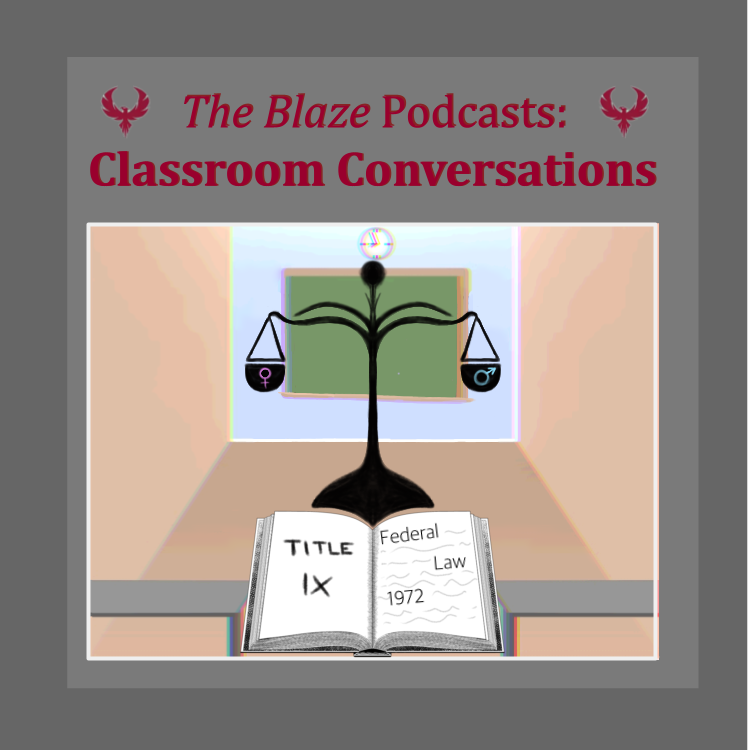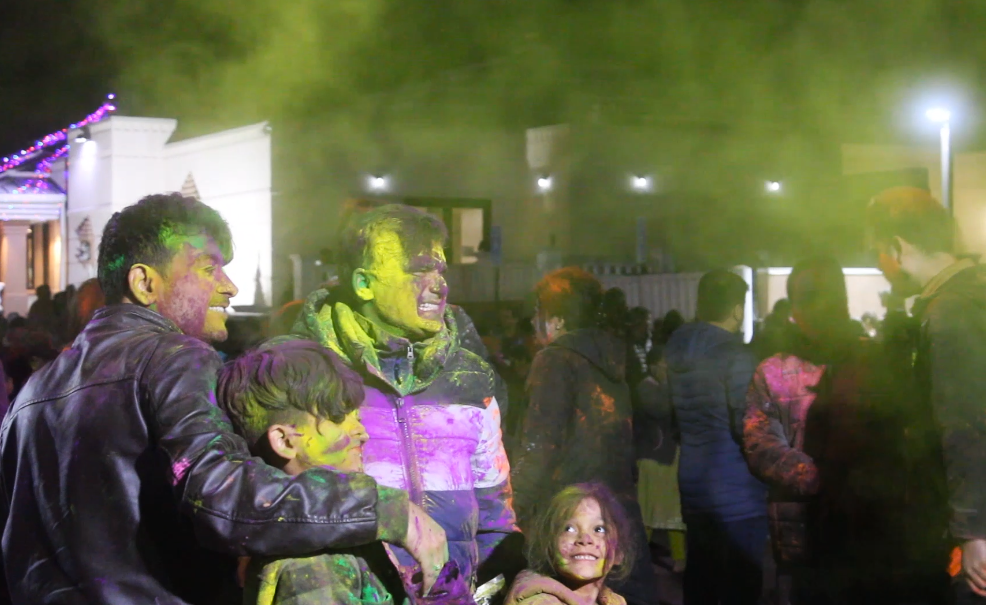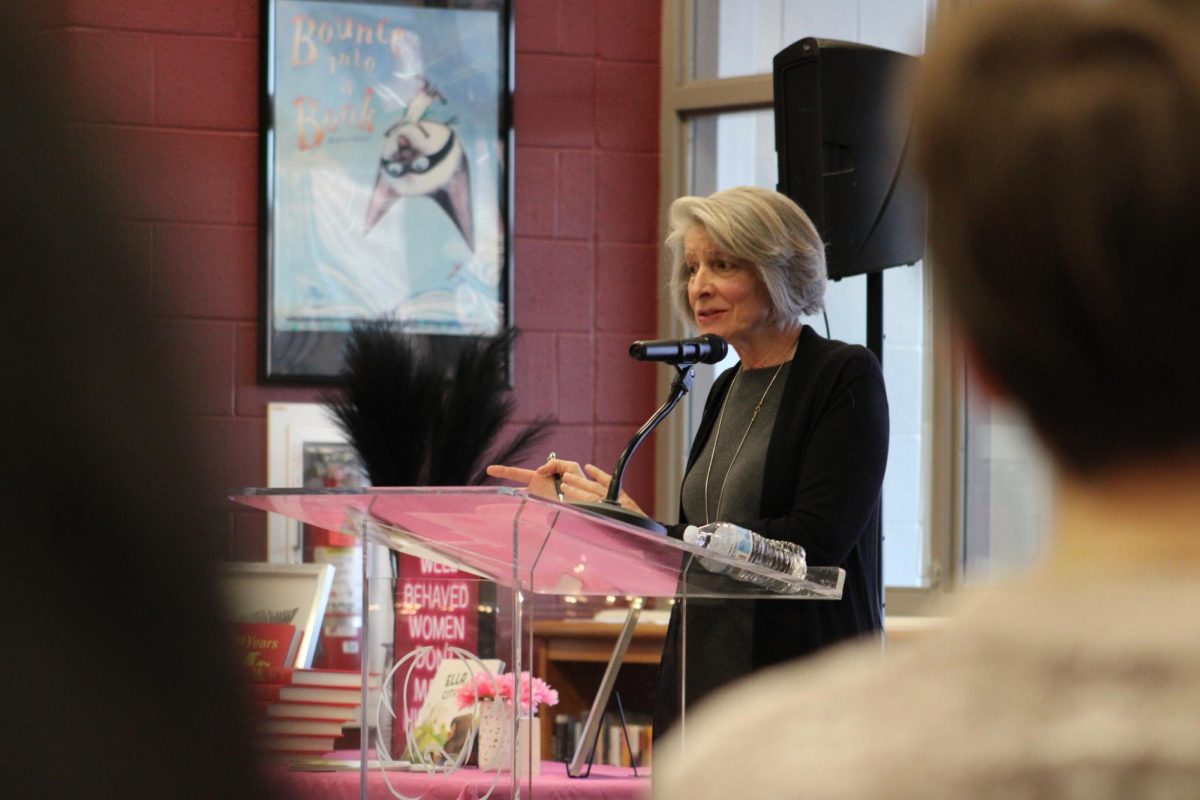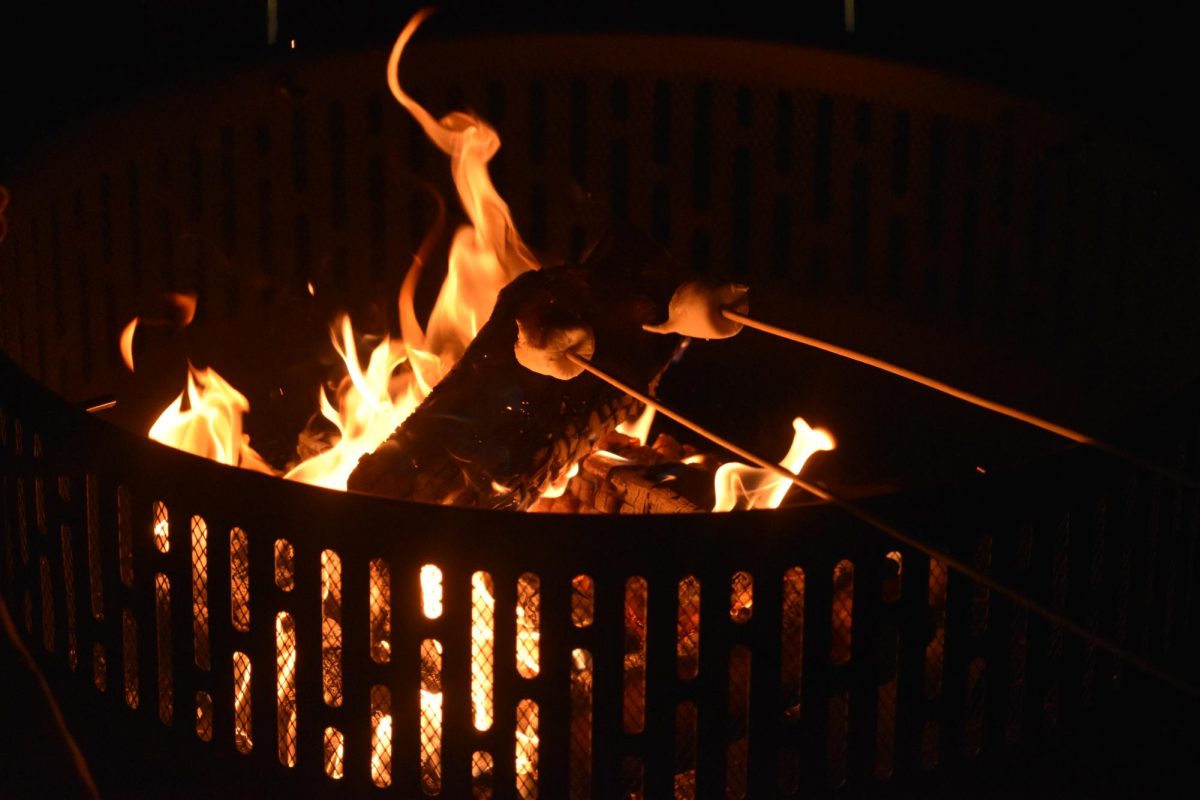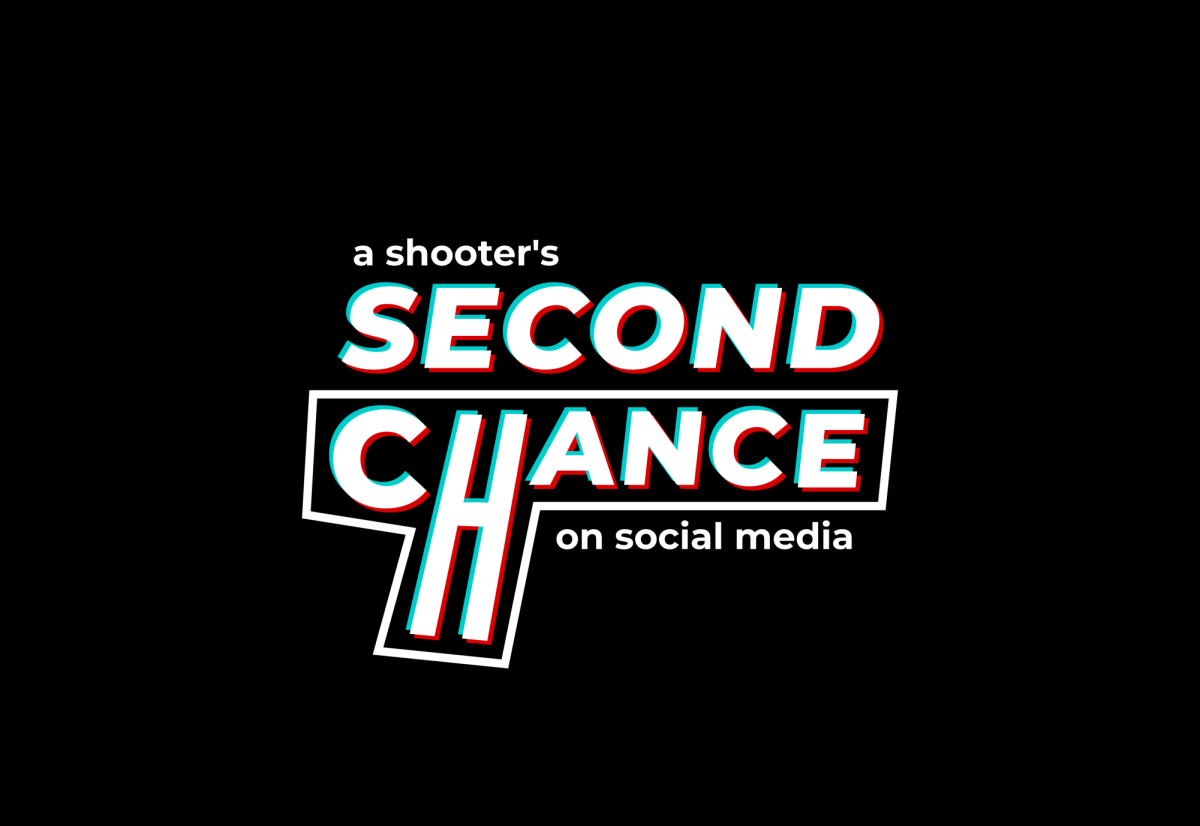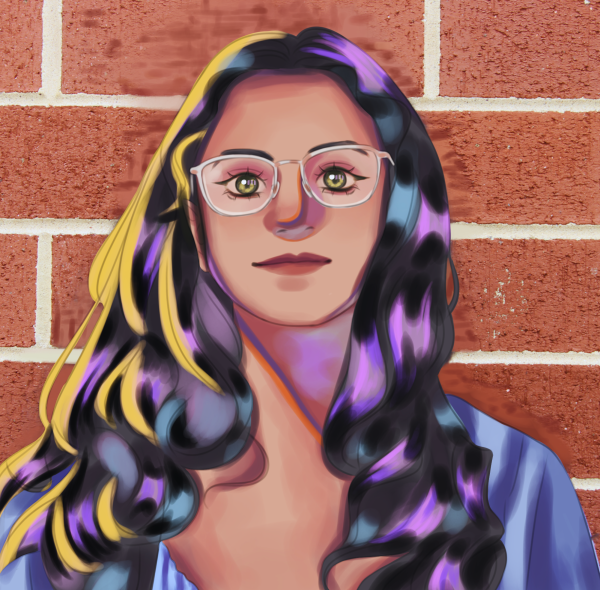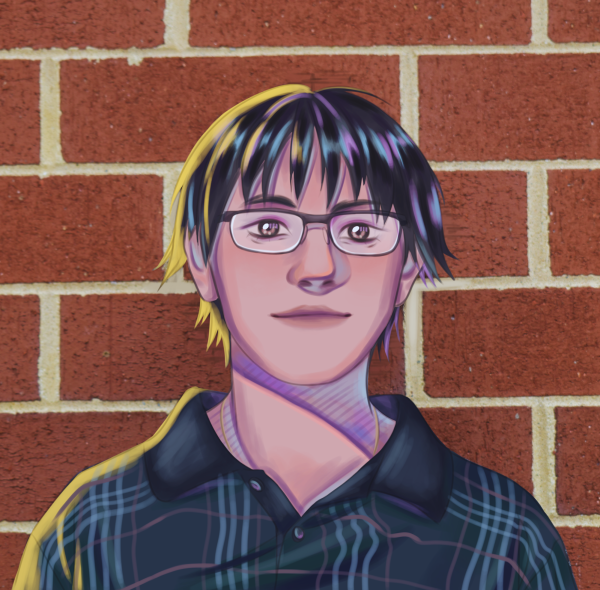Content warning: This article discusses issues of mental health and school violence.
When Jon Romano started posting on social media in 2021, he racked up a significant following. “It’s time we actually change things,” his profile bio proclaims to his nearly 286,000 followers across TikTok, Instagram, Threads, and YouTube. He uses his platform to advocate for and provide encouragement to those struggling with their mental health.
It might seem innocent at first, but a look into Romano’s past reveals he is anything but. At the age of 16, on Feb. 9, 2004, he opened fire at his high school (Columbia High School in Greenbush, N.Y.), ultimately injuring one teacher before being wrestled by the school’s assistant principal. In November of that year, he was sentenced to 20 years. 17 years later, in 2020, he was released on post-release supervision at the age of 33.
In 2021, Romano started posting on Instagram under the username @jonseekingpeace, and, in 2022, he started posting on TikTok under the same handle. In short, he wants to promote mental health so that others don’t do what he did. However, in September of this year, this motive was challenged. Other creators have expressed their concerns, and Romano himself has made videos addressing them, the most significant one being posted on July 18.
Romano’s past actions spread disgust throughout the online community, and users couldn’t believe that they were using the same app as someone as terrible as Romano. His presence raised concerns from others who didn’t feel safe with Romano, or other convicted criminals, using social media. “You deserve everything bad thing that comes to you,” one Instagram user commented. “I hope you don’t know a moment’s peace for the rest of your life.”

Should Romano be given the platform that he has? After all, he is allegedly working to redeem himself and help students who are in the position he was in. Or, should Romano stop posting? Perhaps he is selfishly seeking sympathy, and at the end of the day, he did shoot someone.
Where should the line be drawn when it comes to determining how bad his crime was? Was his crime bad enough to be never forgiven? Or, should Romano receive a second chance?
WINGS Weighs In
Earlier this month, on Oct. 5, upperclassmen from the WINGS mentoring program taught freshmen advisories about social media usage, and how to ensure the safety of their physical and mental health while doing so.
Mentors in the WINGS program, like junior Deeksha Ramankole, also told students how to stay safe online, and how to avoid interacting with creators like Romano. “If a person has done bad things, and they are posting content about it online, then it’s not safe for students to be involved, or exposed to that,” Ramankole said. “So [students] should be really careful about that.”
Although there are cases of people who, like Romano, have committed a severe crime and are still active on social media, they are very uncommon. It is more common to find content creators who have made small mistakes throughout their lives, whether intentionally or not. Because a majority of social media is filled with these kinds of creators who have made smaller mistakes, students are likely to come across them. Ensuring the safety of students on social media when they come into contact with these kinds of creators is also important. Junior Nikhita Kuninti, a member of the WINGS program, participated in the social media lesson, where they talked about this. “If [a content creator] is trying to make up for [what they did] and they are posting good content, then [usually the environment] is okay [for students],” Kuninti said.
At the end of the day, it’s a big world, and social media is a place that brings it all together. There are two sides to every story. Here is Romano’s: “My intentions that day were not to kill, but to be killed,” Romano said. In a TikTok video posted in July this year, now pinned to his profile, Romano provides an explanation.
As a teenager, Romano struggled with his mental health. Instead of asking for help, he decided to take out his emotions at his school. He fired two shots into the ceiling and waited for the police to come and kill him. Instead, the vice principal grabbed him and, in the struggle, he shot an approaching teacher in the leg.
However self-centered his intentions were, he now recognizes the impacts of his actions on others. “I know that mentally, [the vice principal] and countless others were traumatized and still suffer to this day almost 20 years later because of me,” Romano said in the video.
Now, he is taking responsibility for his actions and continues to advocate for mental health even after the backlash he’s received. “Mental health is a big thing that doesn’t get talked about in schools,” Romano said. “I think it should be about kindergarten through twelfth grade.”
Though Romano’s video explanation was received poorly by the majority of followers, there are still some who support and believe in his attempts to bring awareness to mental health issues. According to Romano, these include some people who were present on the day of the shooting. When speaking about why he had to turn off his comments on TikTok, he brought this up. “Anybody who said something slightly supportive of me was getting harassed and even threatened,” Romano said. “This includes some of my former classmates who were there the day of the shooting. They now support what I’m doing today, [which is] trying to prevent future shootings.” There were also users in his comments with words of encouragement.
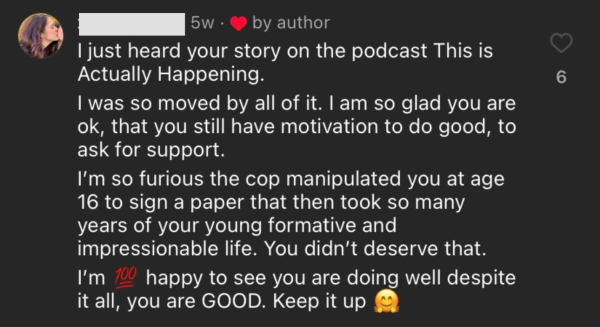
This led to two opposing views: one that Romano should not be posting on social media and should instead be serving time, and the second that Romano is bettering himself and others by posting the type of content he does.
Social media has its pros and cons, so there’s no clear-cut answer about whether it’s a more positive or more negative thing. Assistant principal and WINGS Student Mentor Liaison Jennifer Cavanaugh was responsible for helping the WINGS mentors plan the lesson about online safety and have many interesting views on social media. “[Social media] can be used as a really good thing, and it can be very powerful in a very positive way,” Cavanaugh said. “But sometimes, in my role, I tend to have more interaction with [social media] when it’s not in a positive way, with young people unfortunately.”
As an administrator, Cavanaugh sees both sides of social media. On one hand, platforms like Twitter, Instagram, and Facebook allow her to connect with friends, meet with groups based on her interests, quickly catch up with news, and even keep up with sports at her alma mater.
On the other hand, she deals with all sorts of cases where students use social media to be hurtful. “It makes me sad,” Cavanaugh said. “These are young people that either are or are about to be 18, and they’re going to be out there in the world. It’s different when you’re in high school and you’re minor because we [adults] can kind of help navigate that, but out there, there’s none of that.”
A Stance on Social Media
Romano’s story shows that anyone, no matter their past actions, can use social media–whether it’s with good intentions, or bad. Although we ourselves can not figure out what Romano’s intentions are in his content, when we look at the kind of person he was prior to his sentencing, it is clear that having people like him on social media is dangerous and very unnerving.
By discussing his crimes publicly, he helps make social media into an unsafe environment. His actions could be potentially triggering to those who have experienced a school shooting, and overall, his work to “help” seems more like a form of scaring. Him and other people who have also committed serious crimes should not be given a platform, especially if they are going to talk about what they did, to their audience.
To put it simply, the backlash against Romano is warranted. He shot someone, even if he claims he didn’t mean to. In trying to advocate against his past actions, he has only drawn more attention to them. In the long run, it seems as if his actions are doing more harm than good.

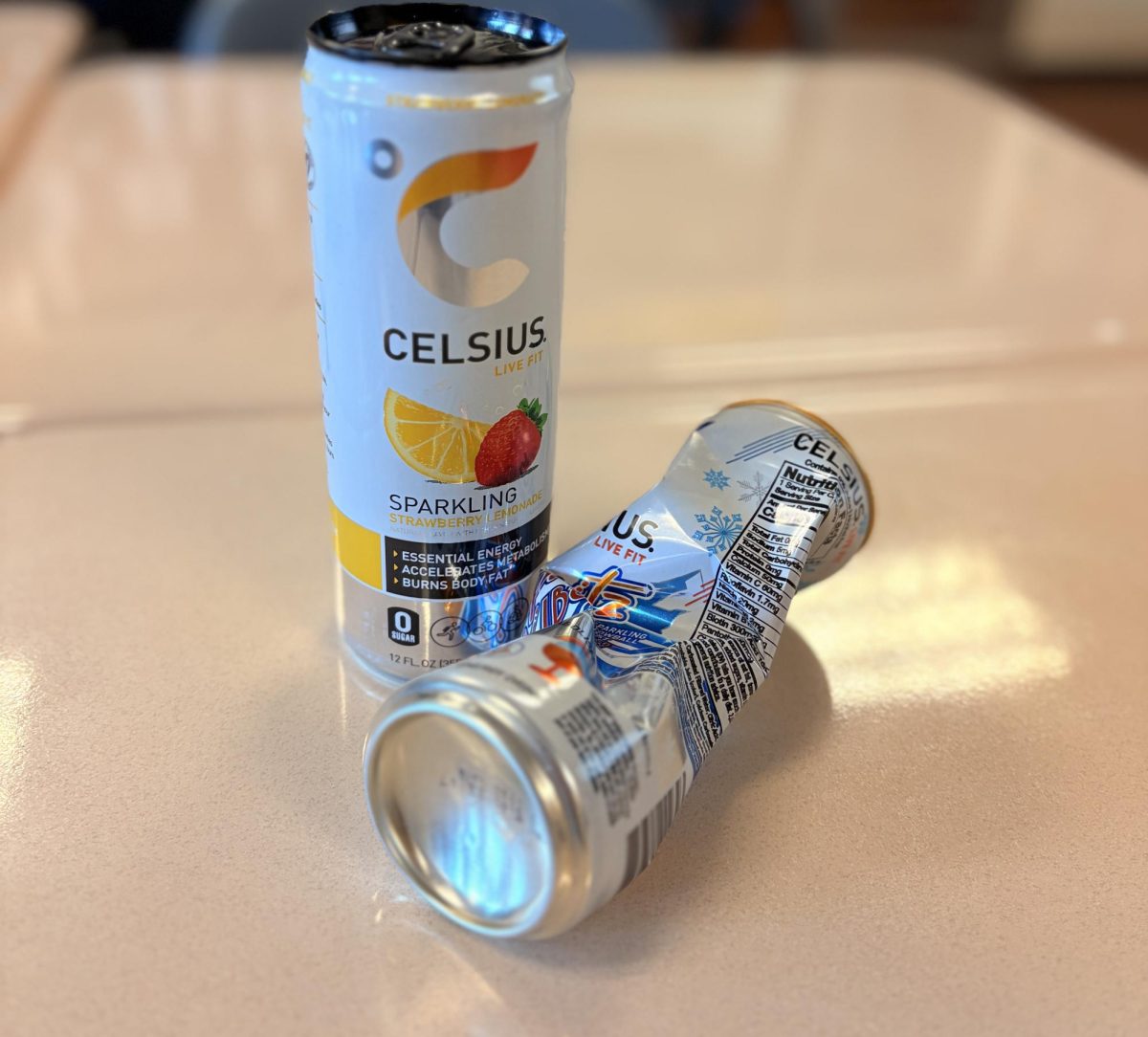
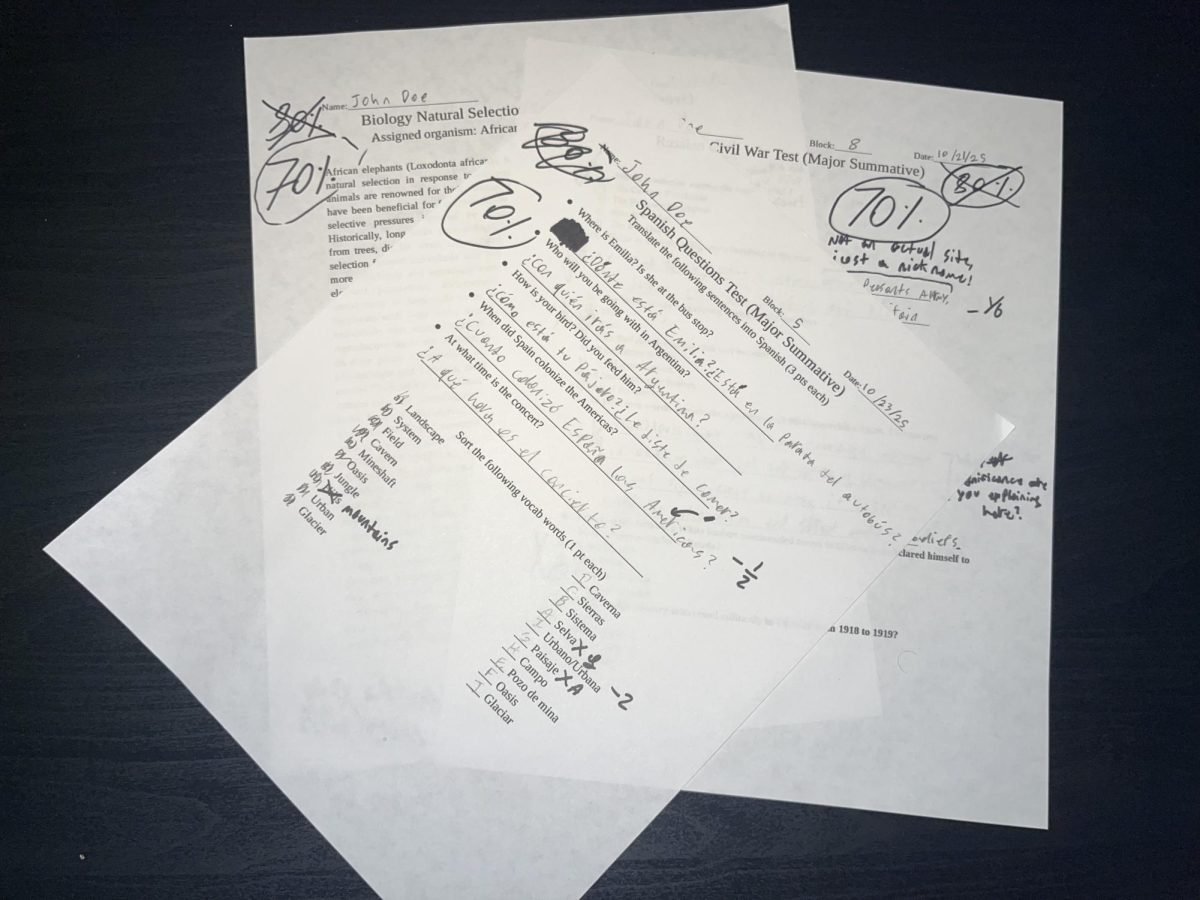
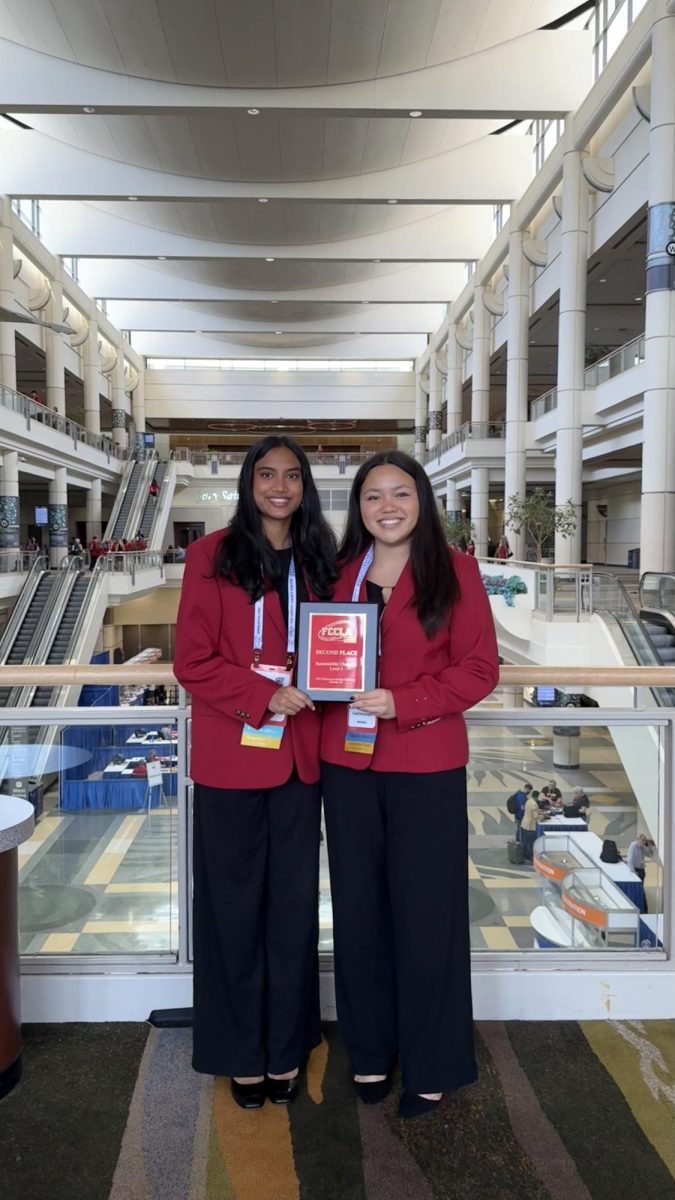
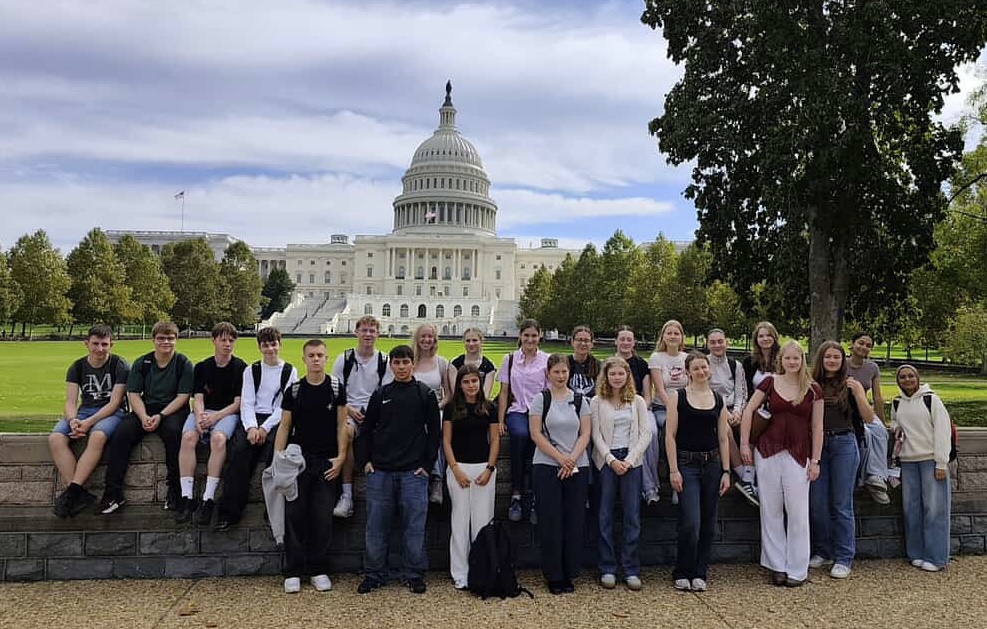
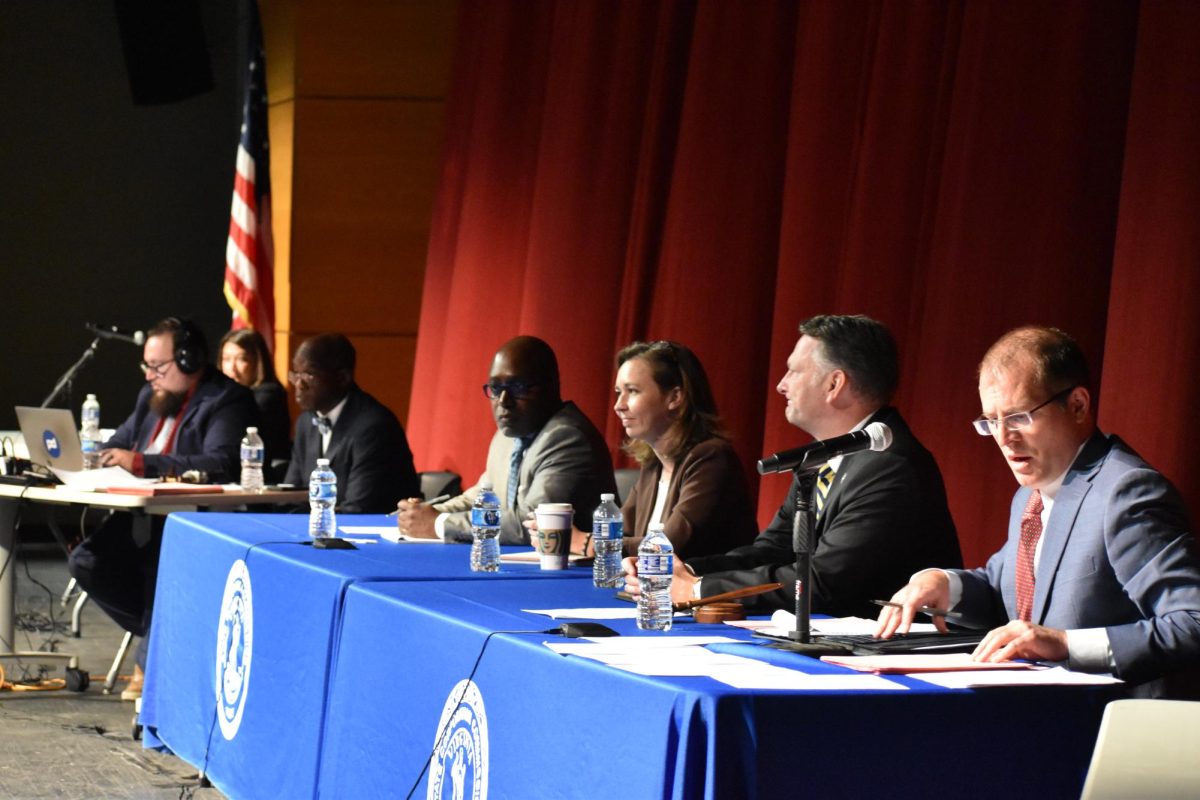
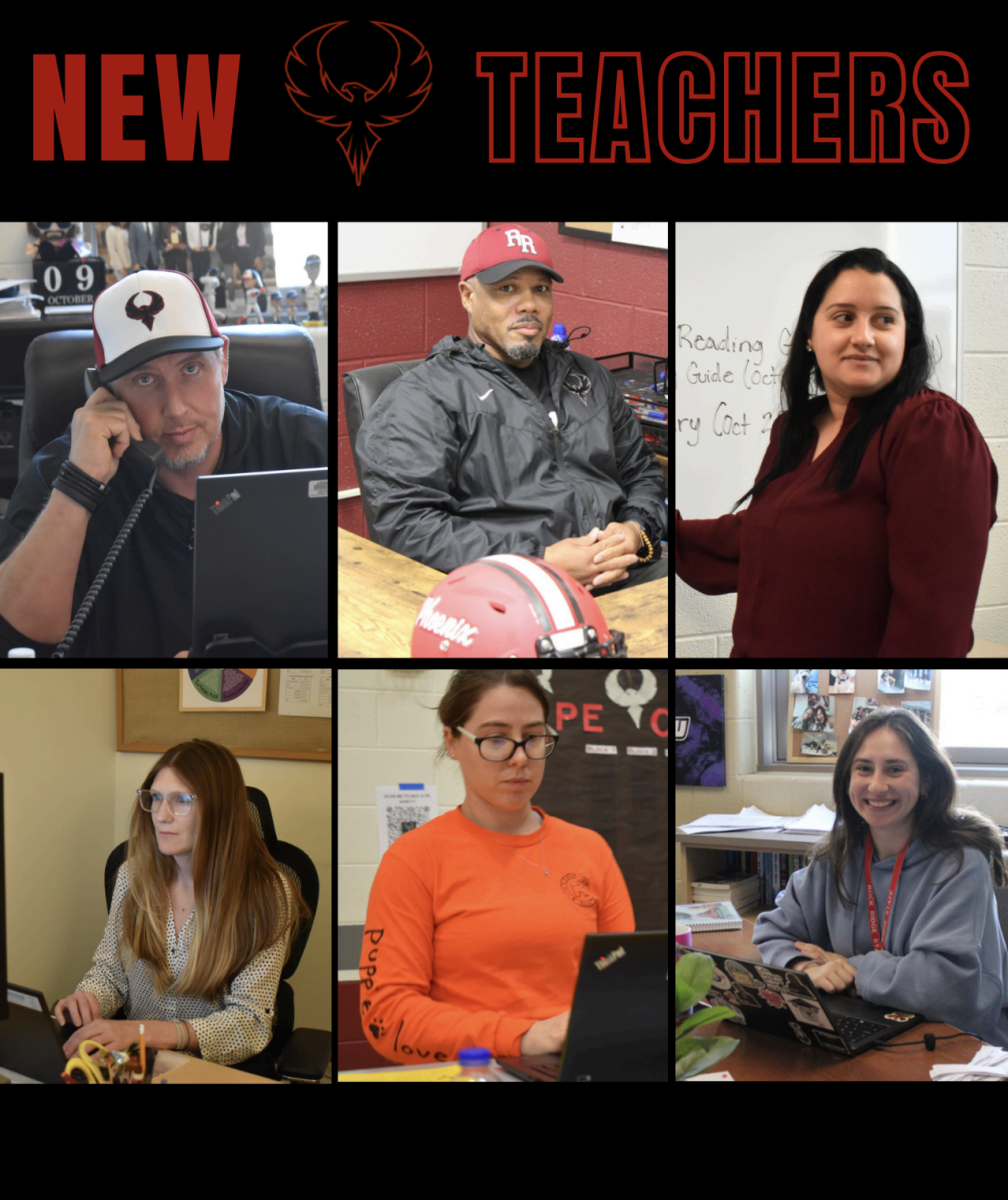
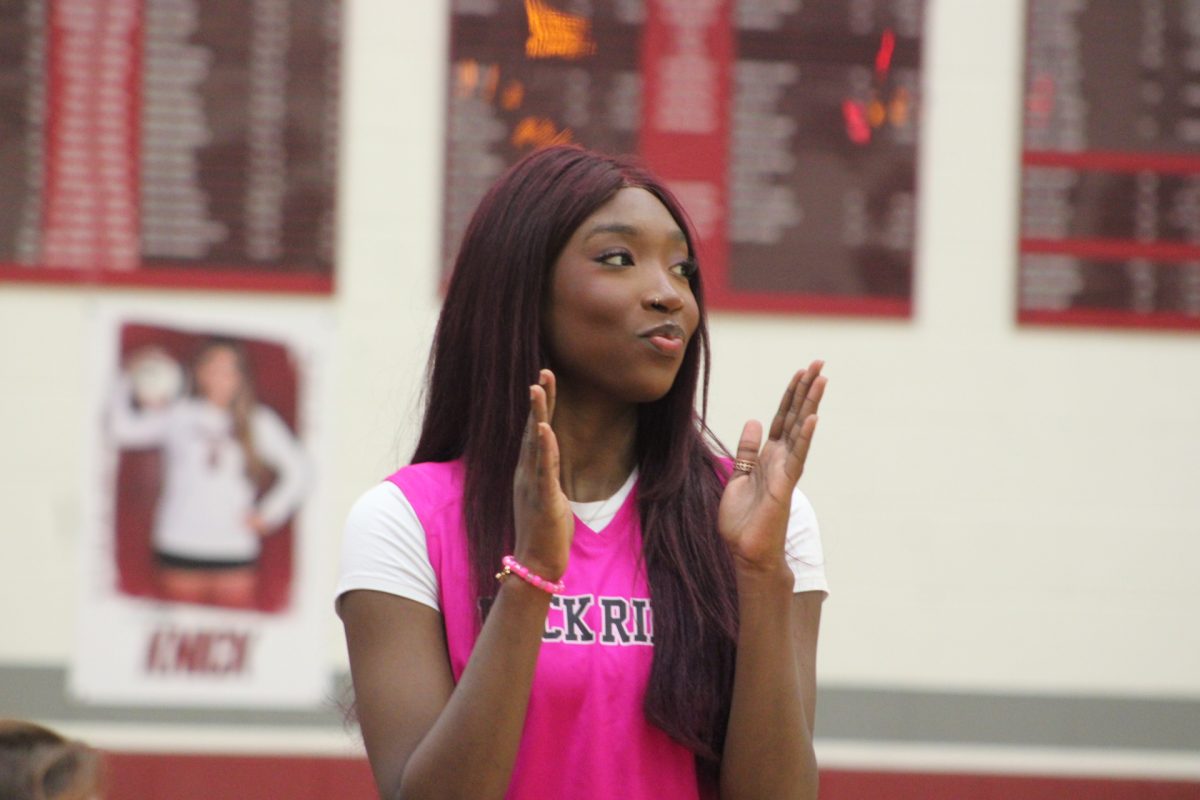
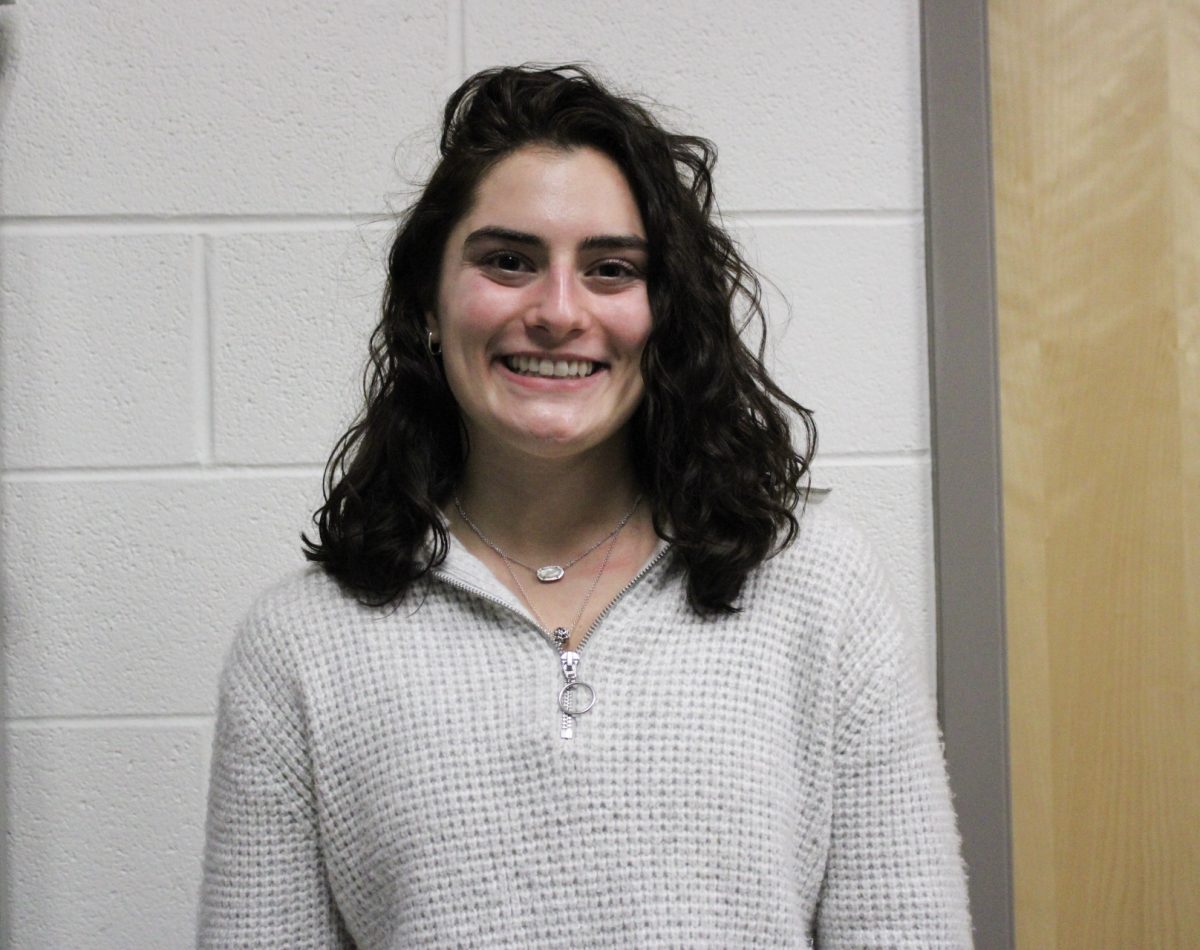

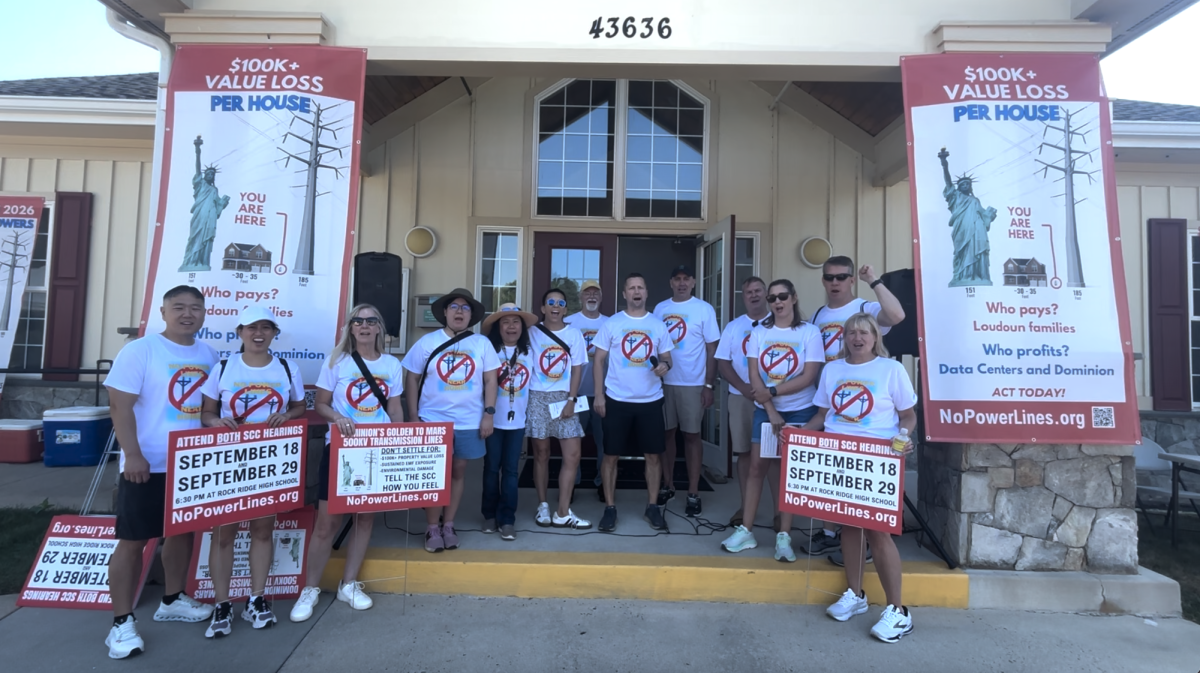
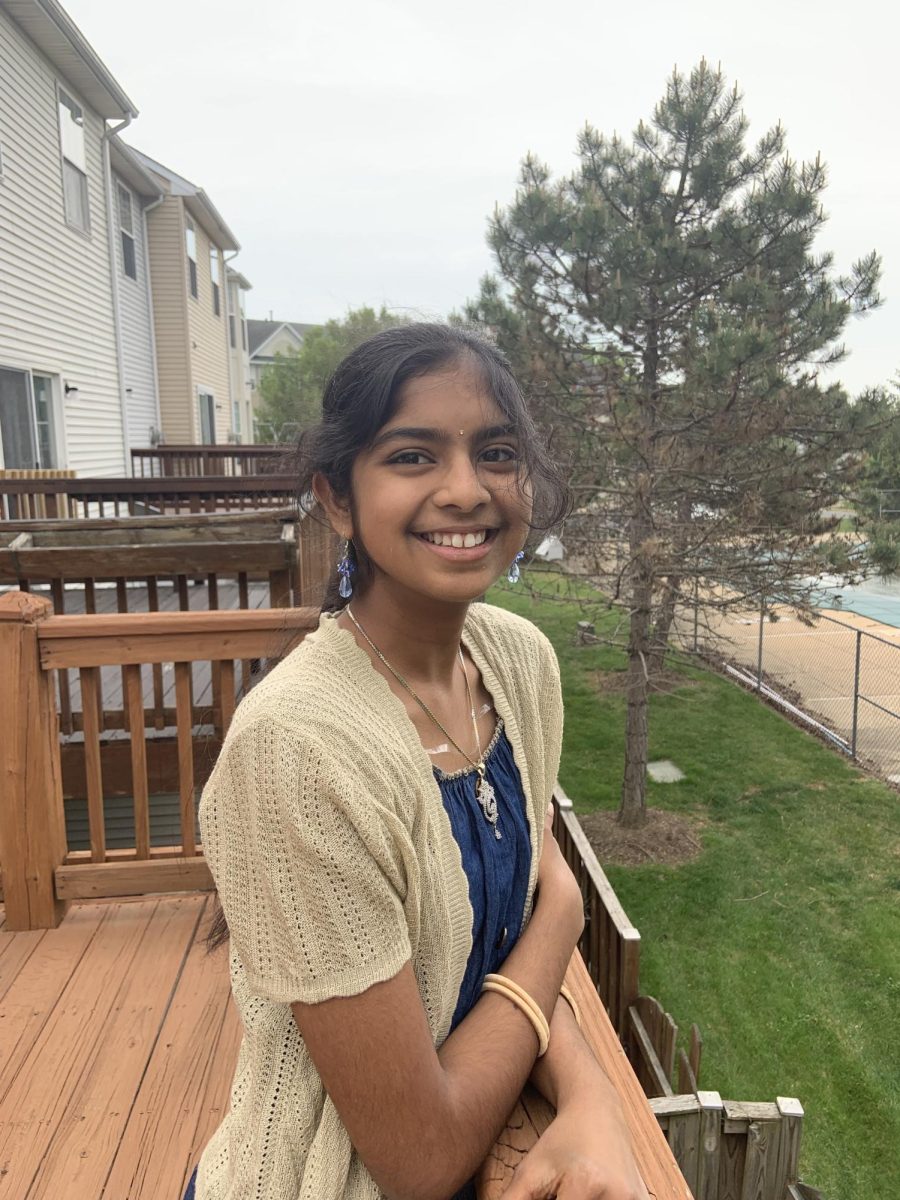
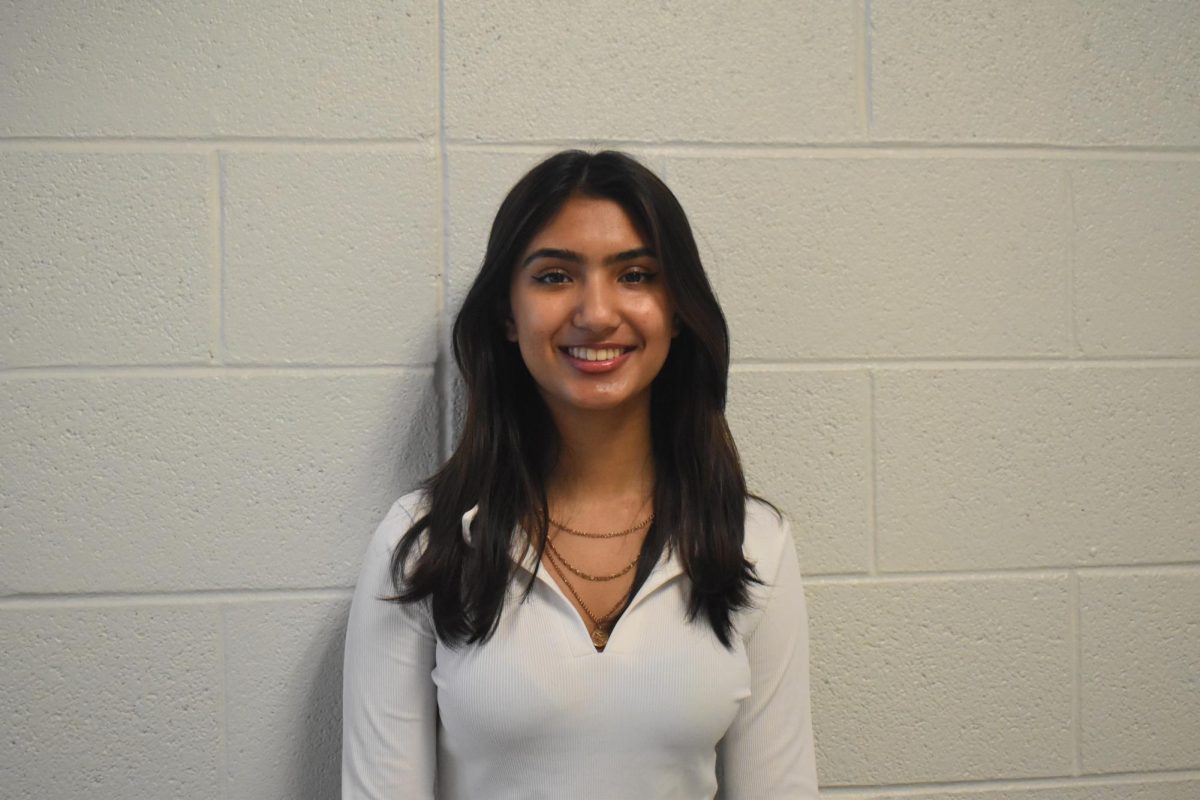

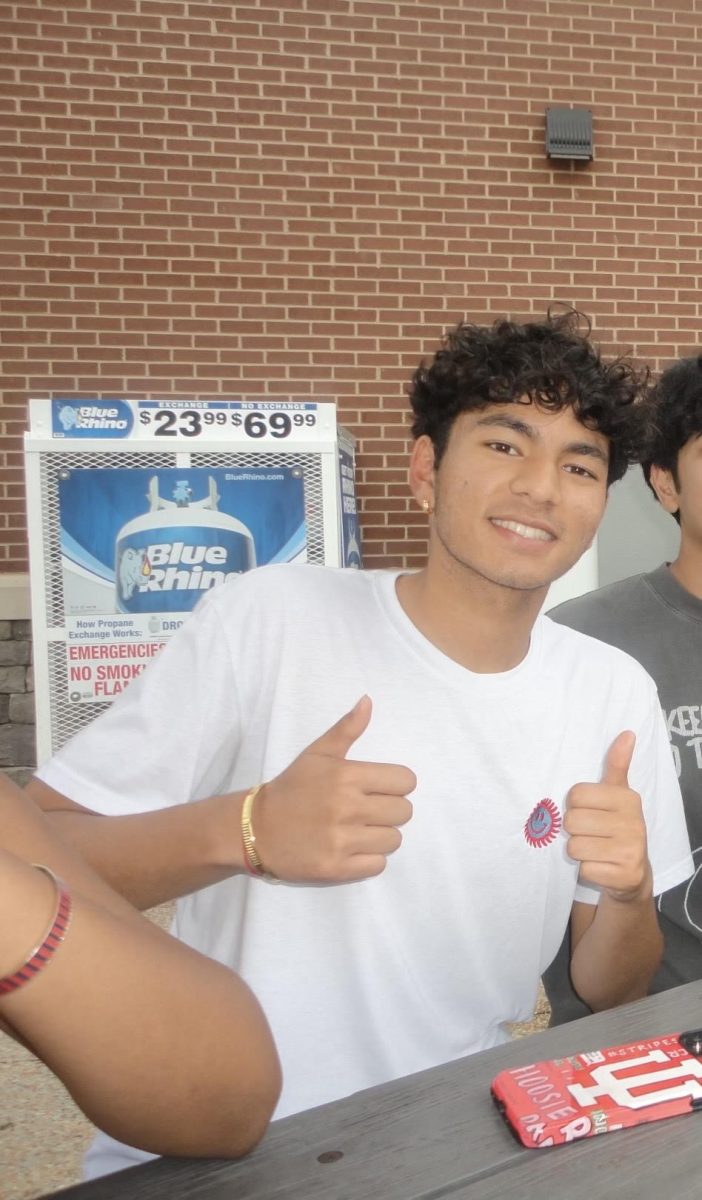
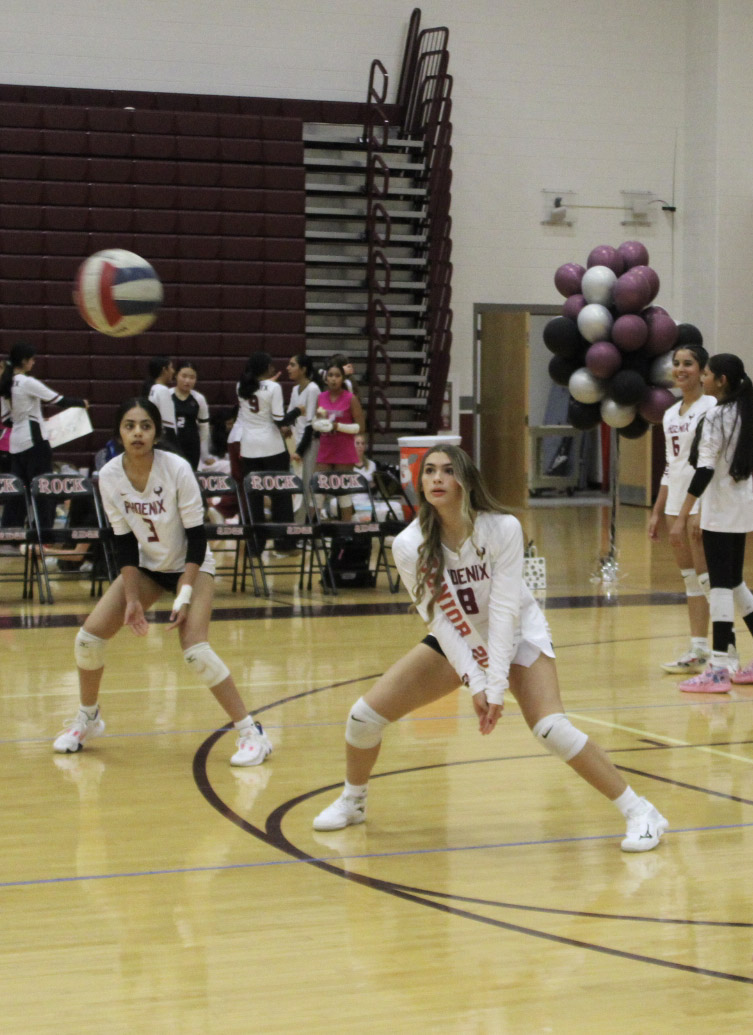
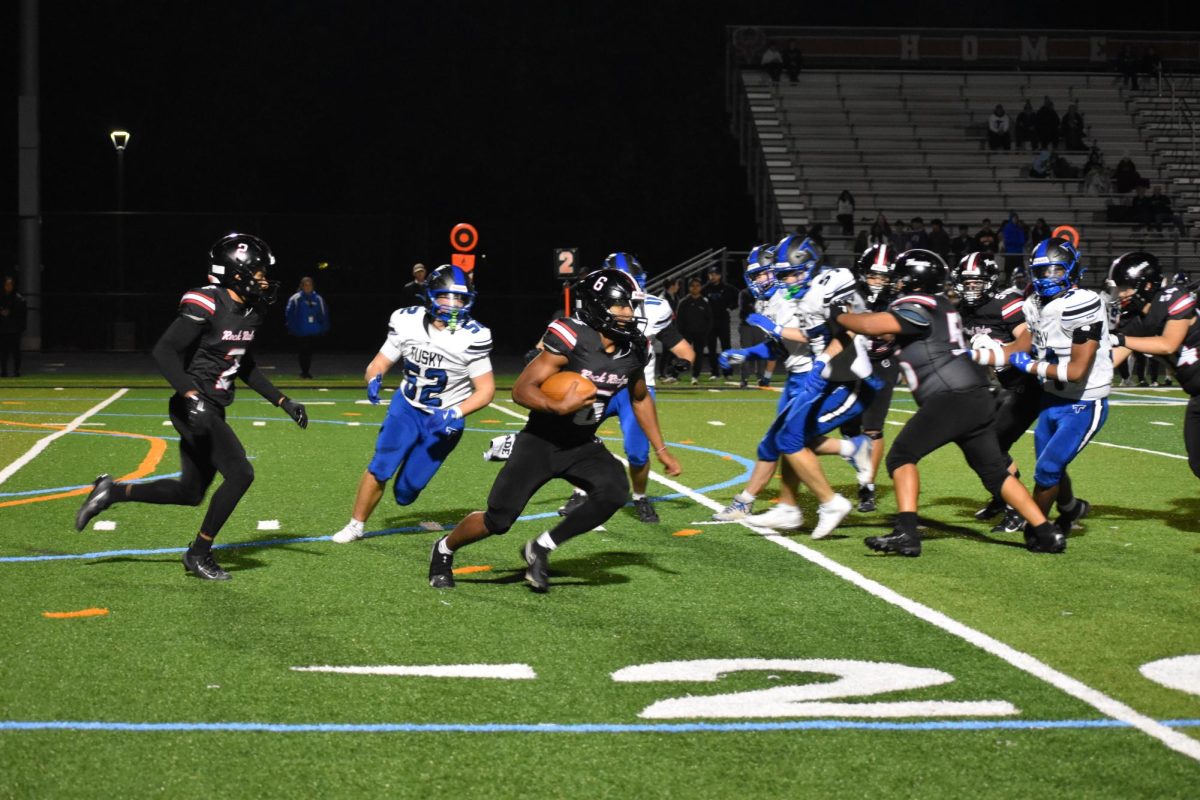
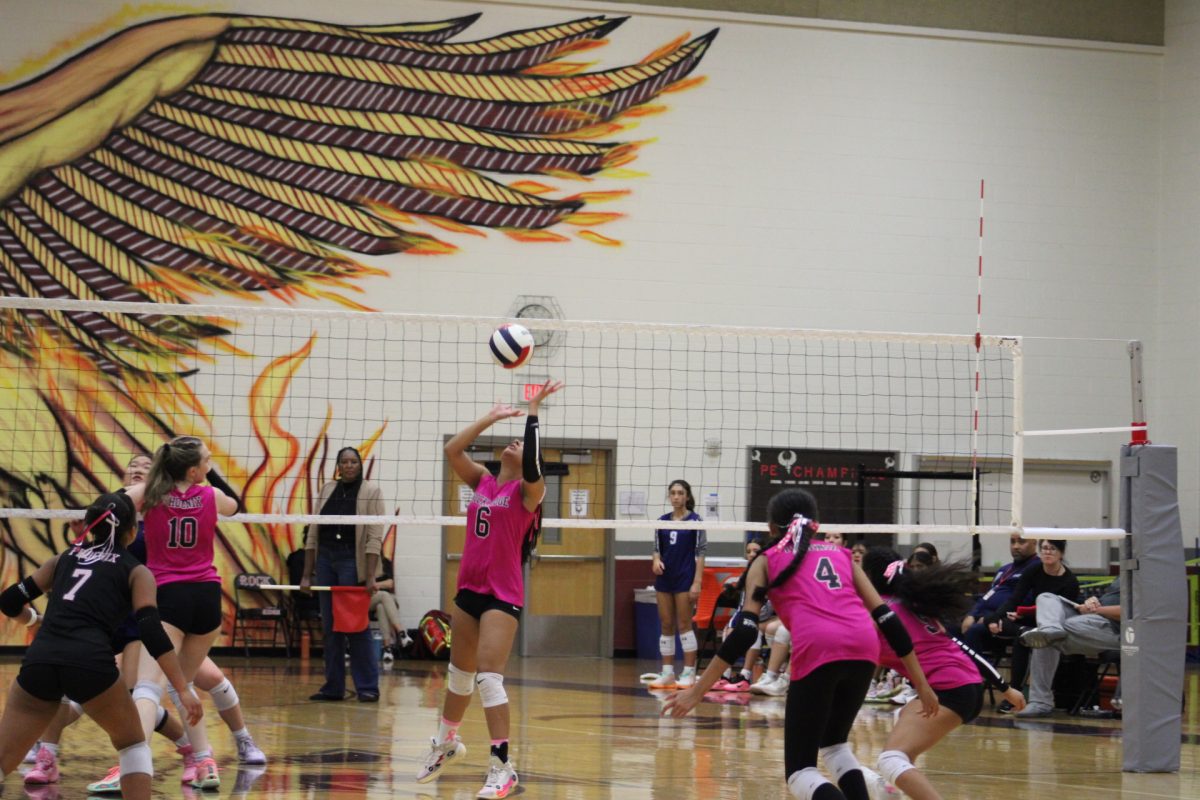
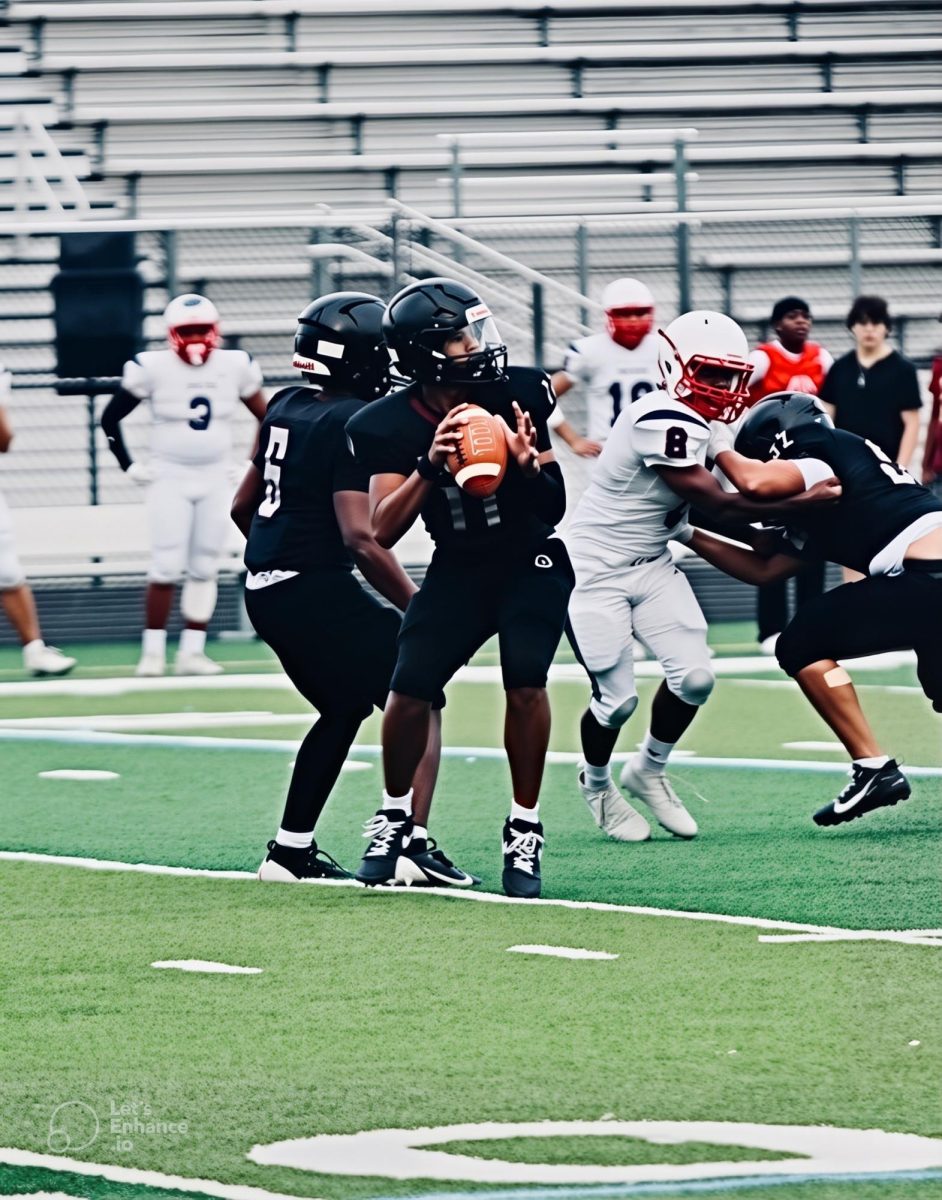


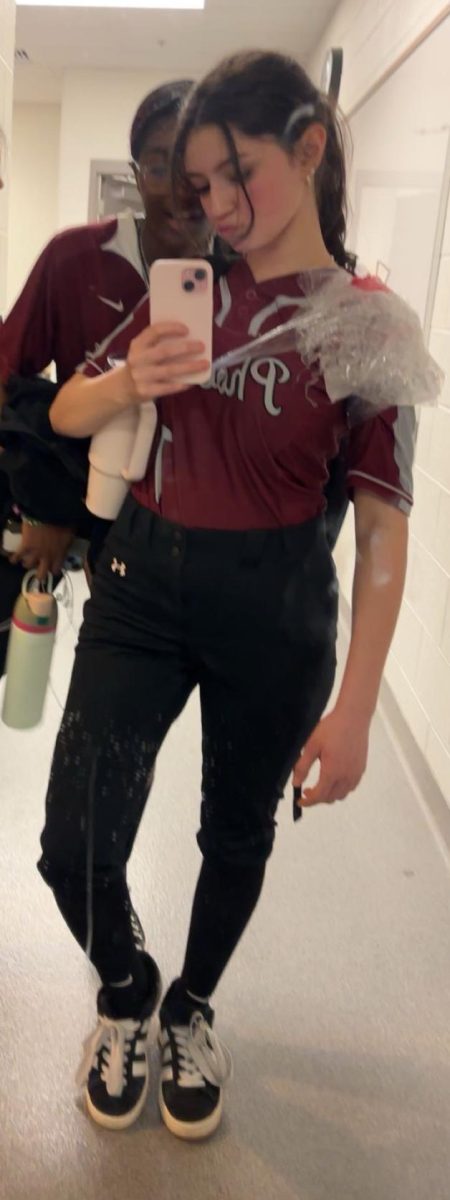
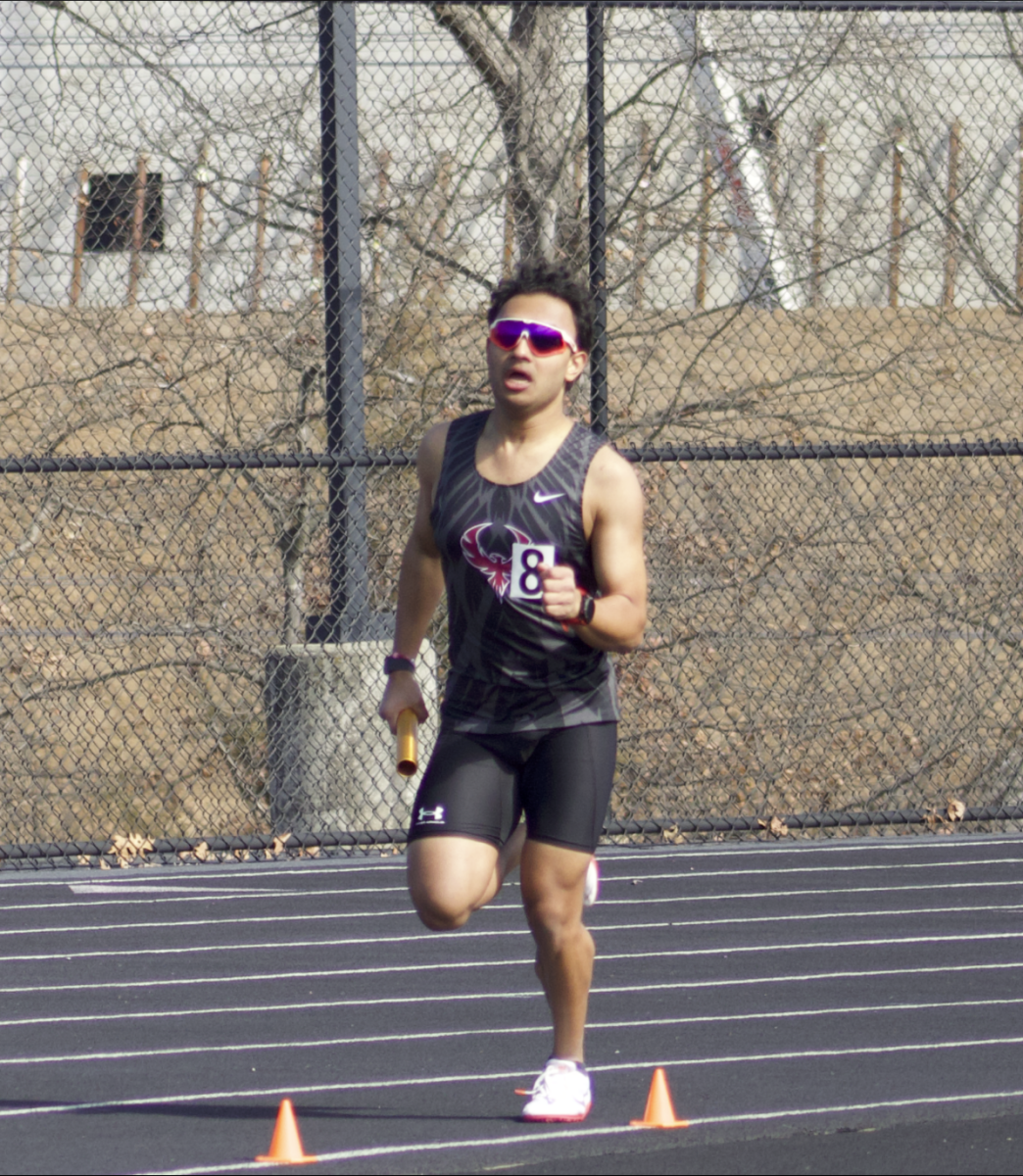
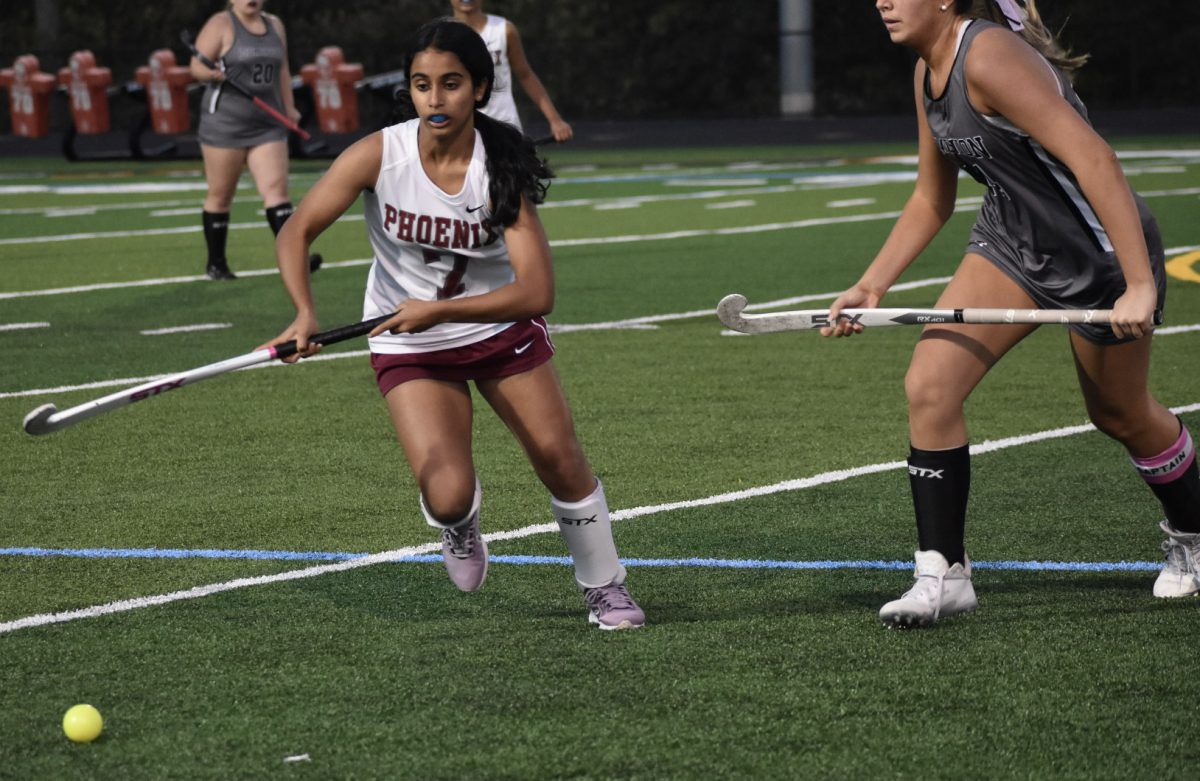
![The Phoenix varsity volleyball team lines up for the national anthem. “We were more communicative [with each other] during this game, and I feel like we kept our energy up, especially after the first set,” senior Jessica Valdov said.](https://theblazerrhs.com/wp-content/uploads/2024/10/DSC_0202-1200x800.jpg)
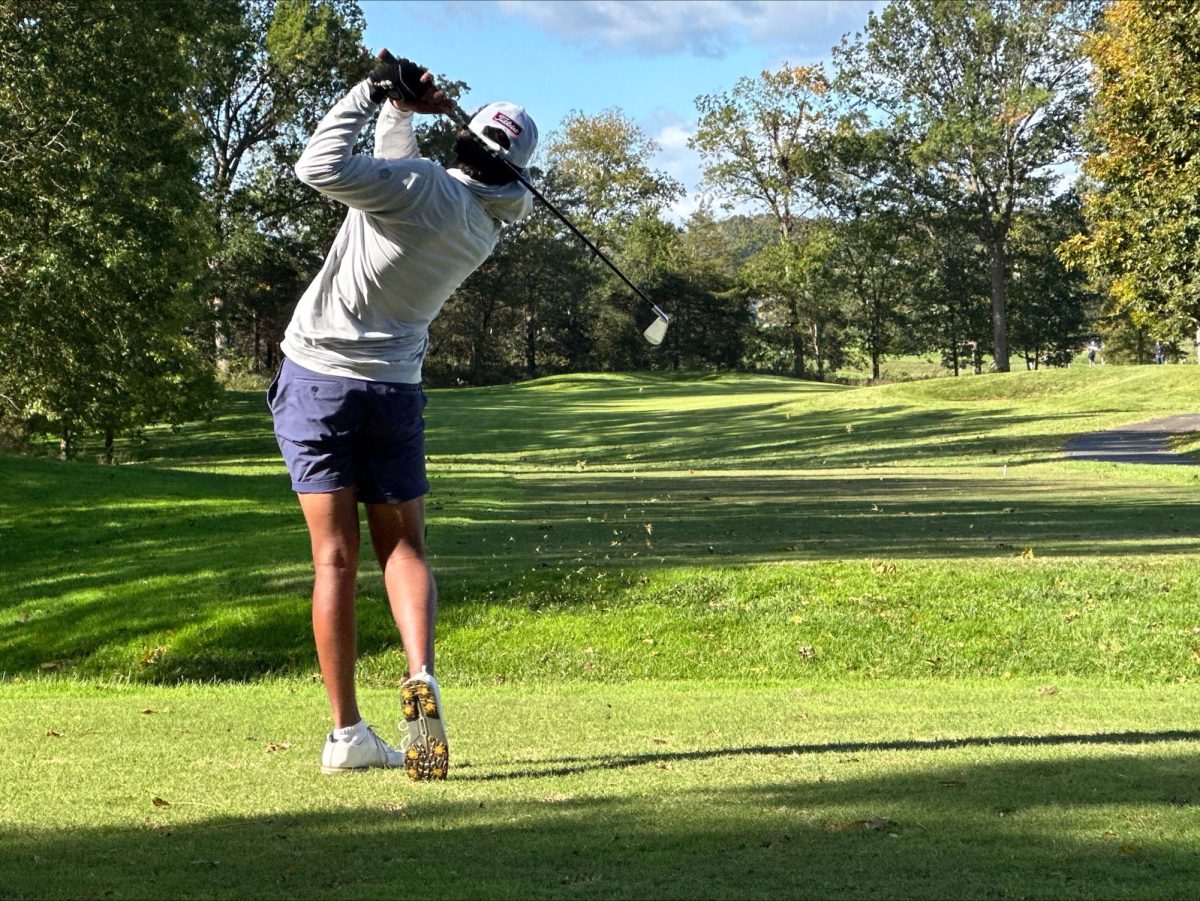
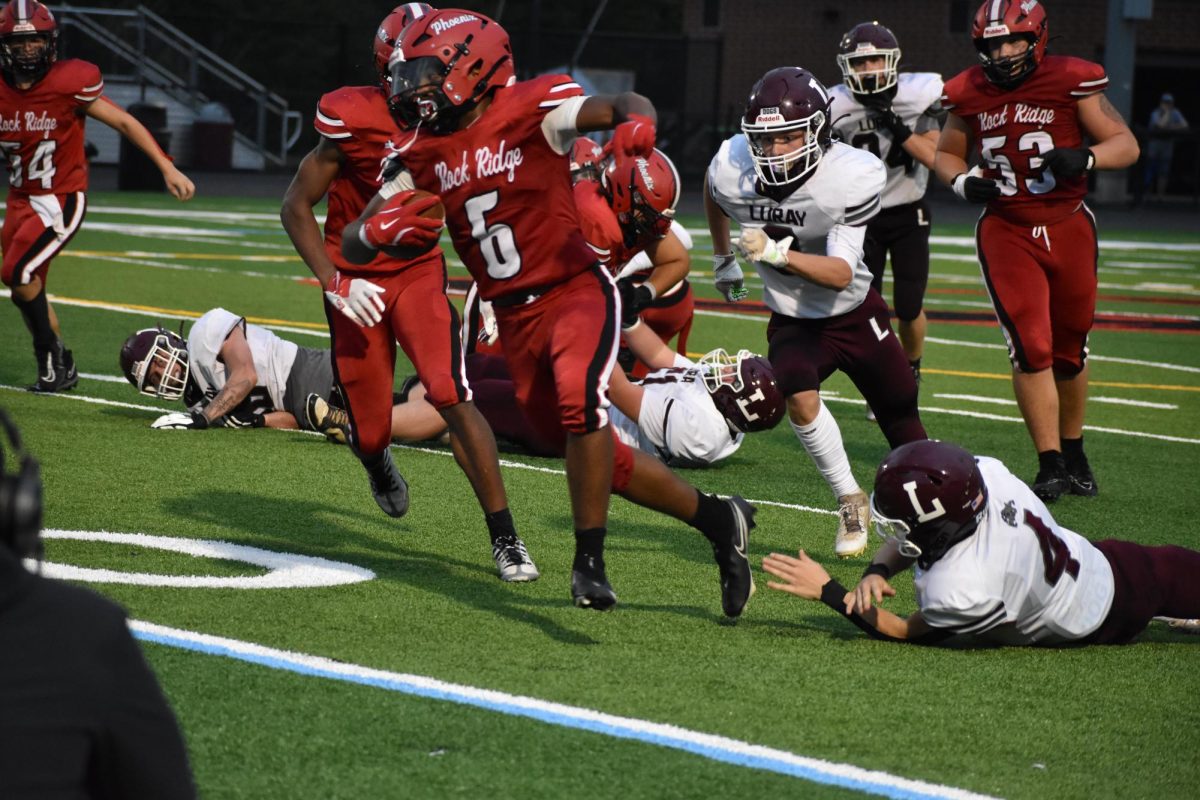
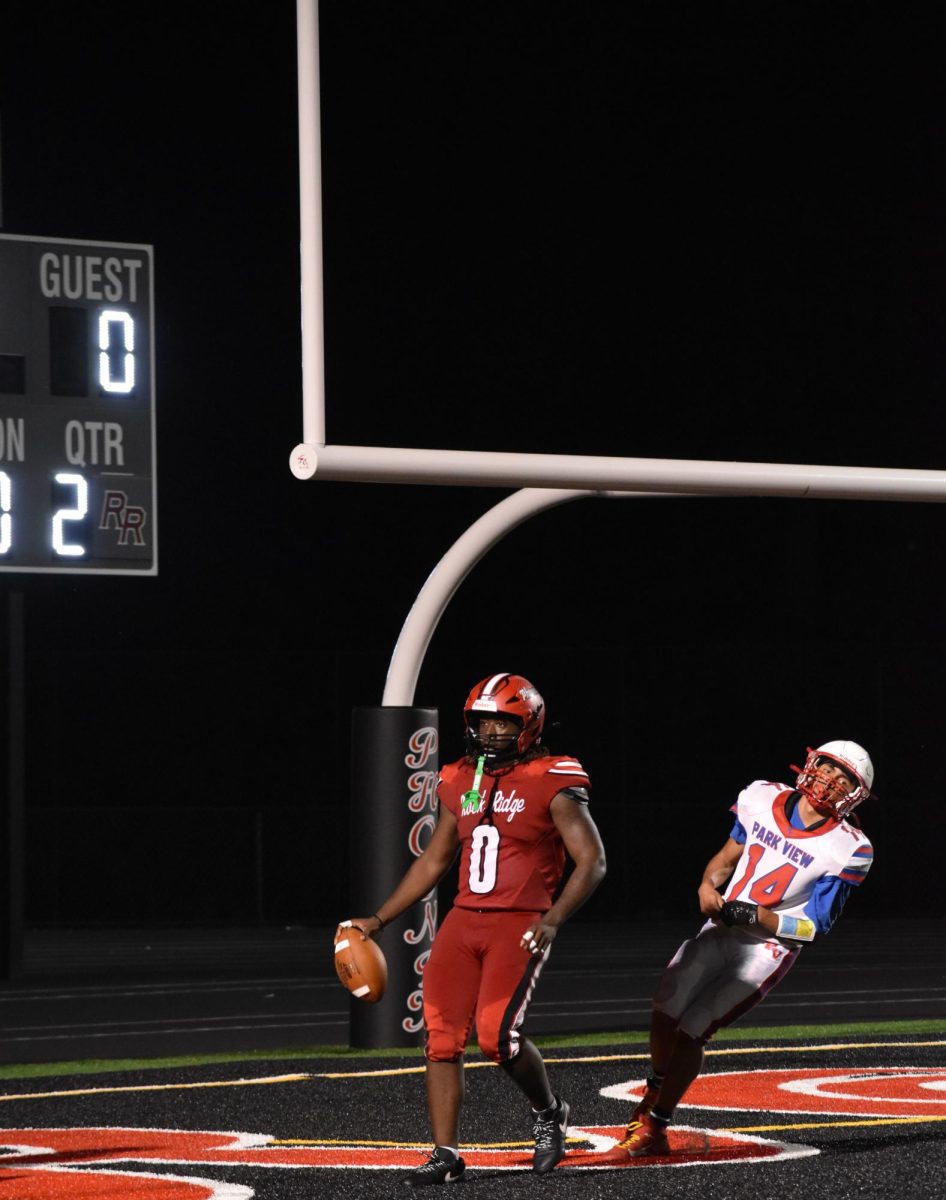
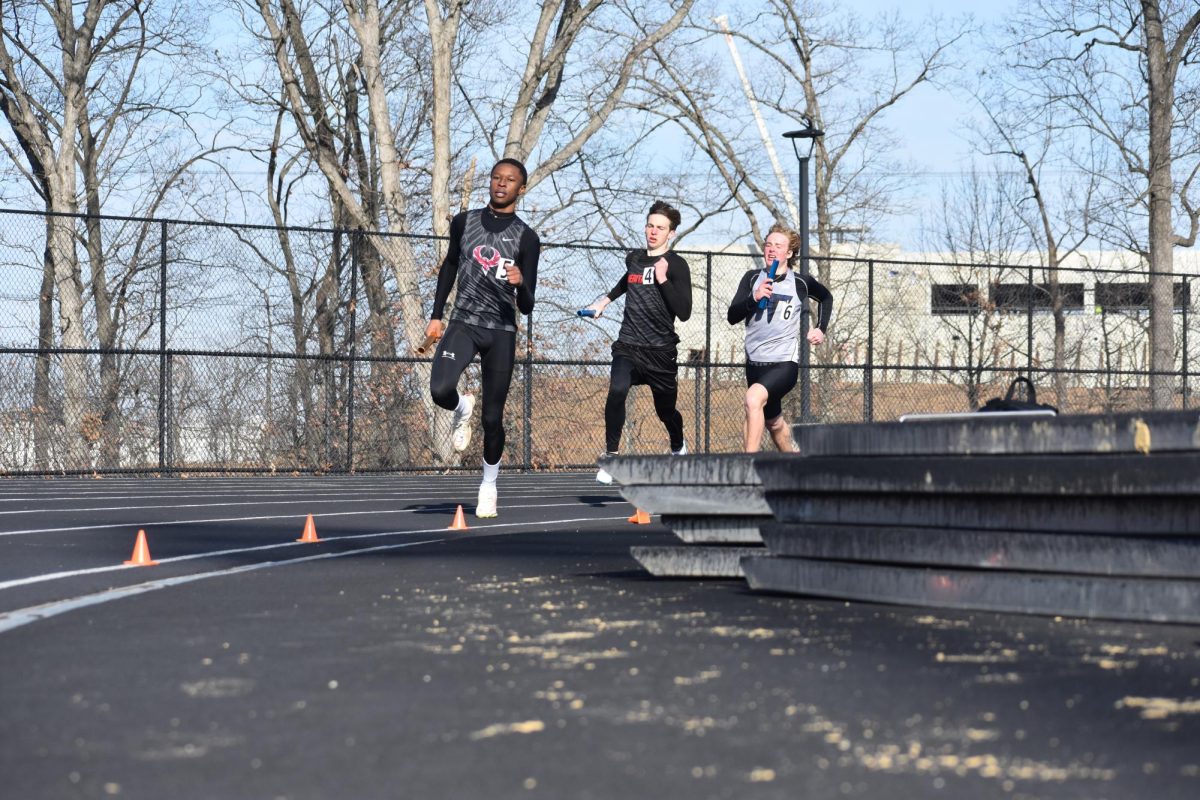
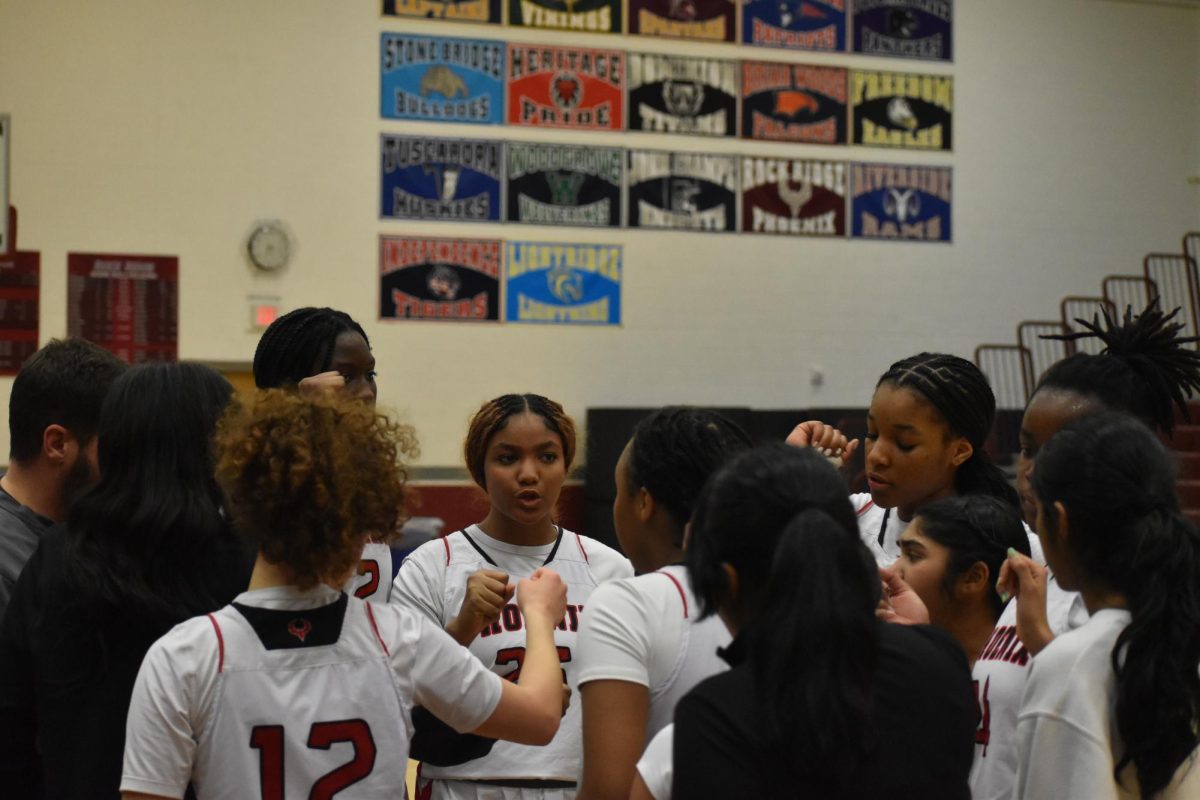
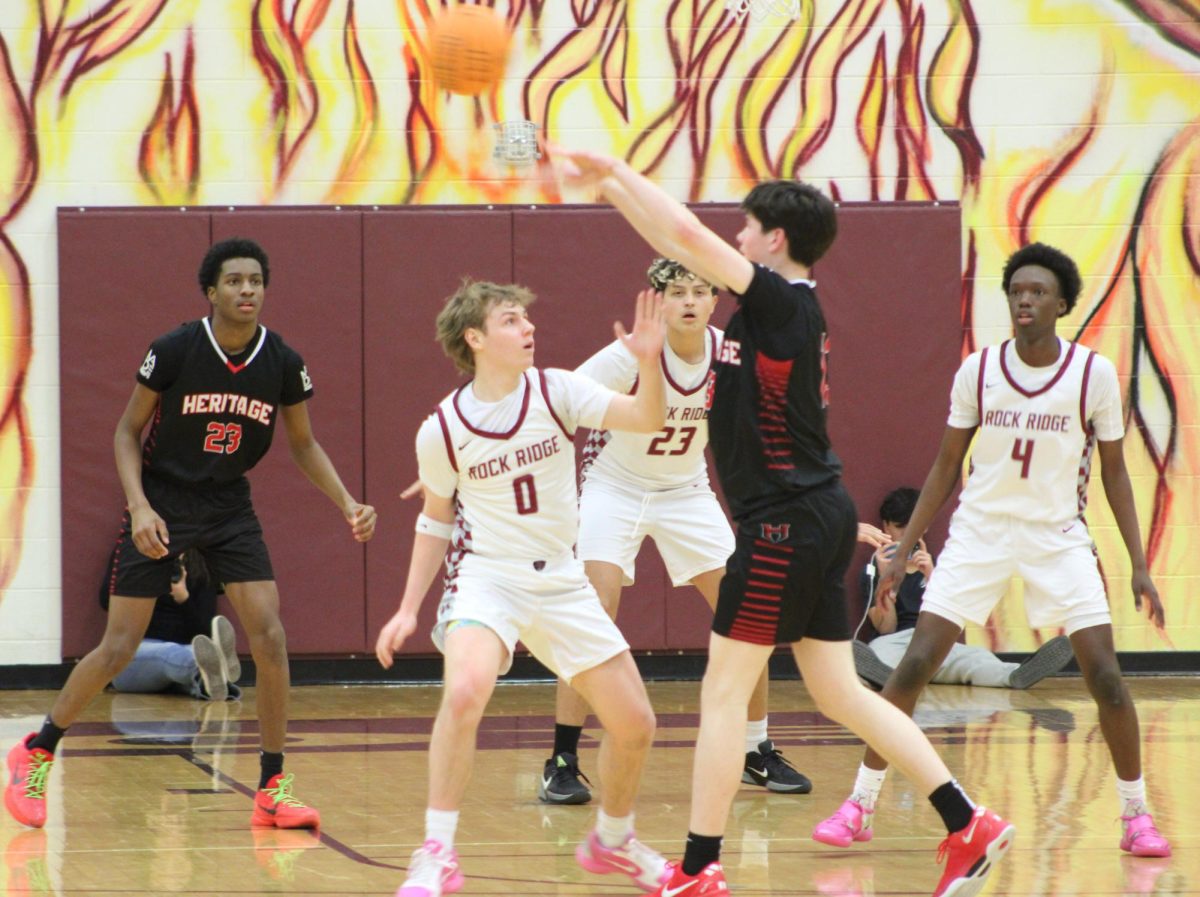
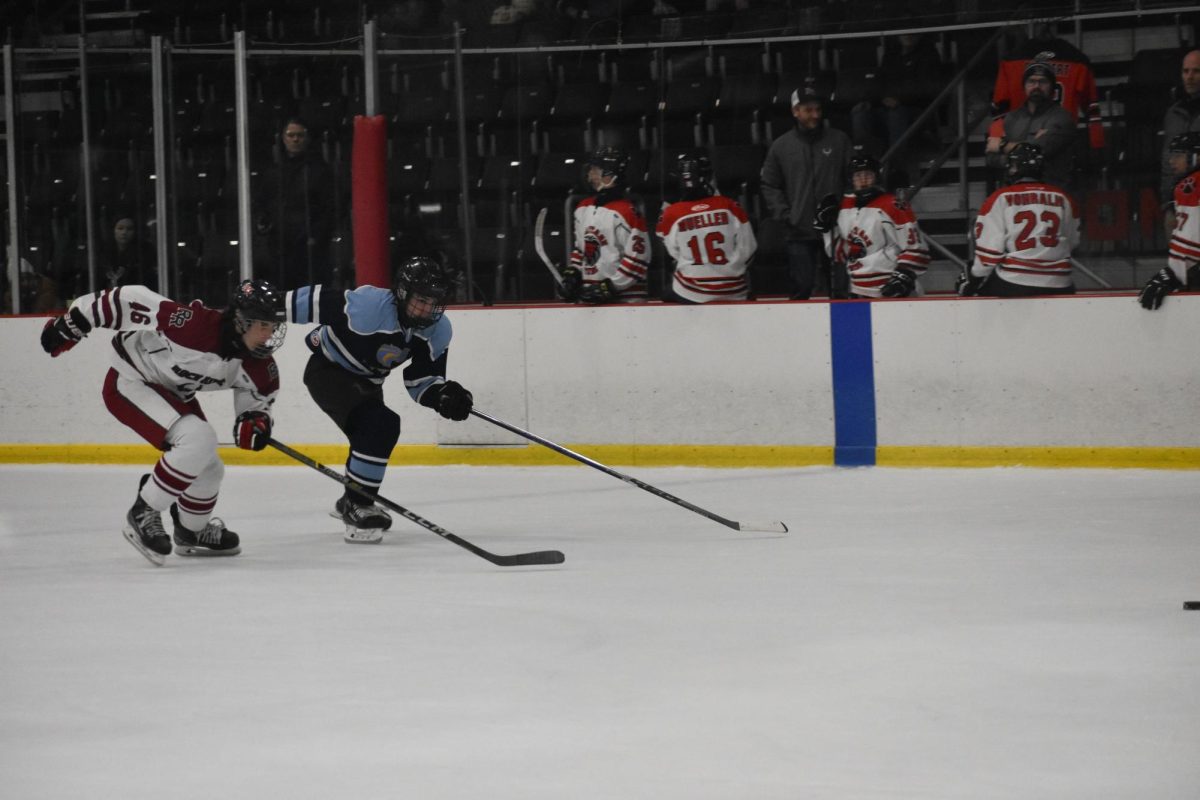
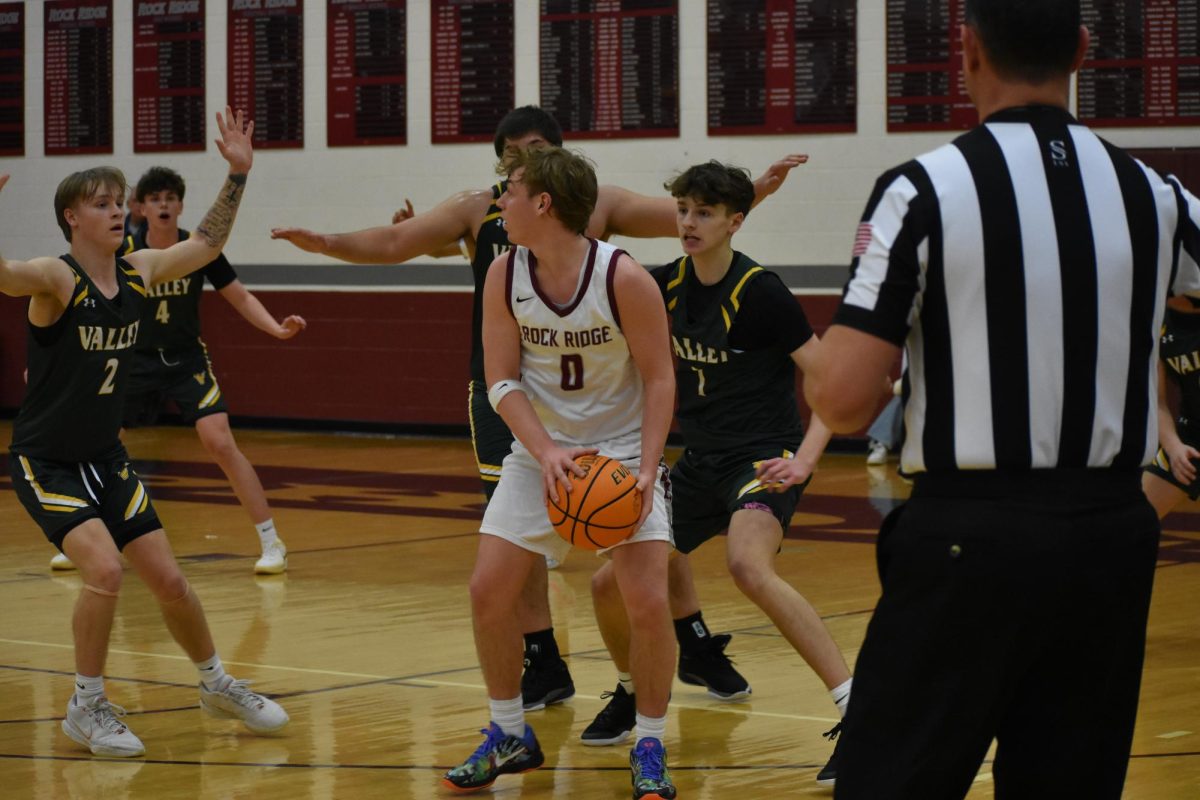
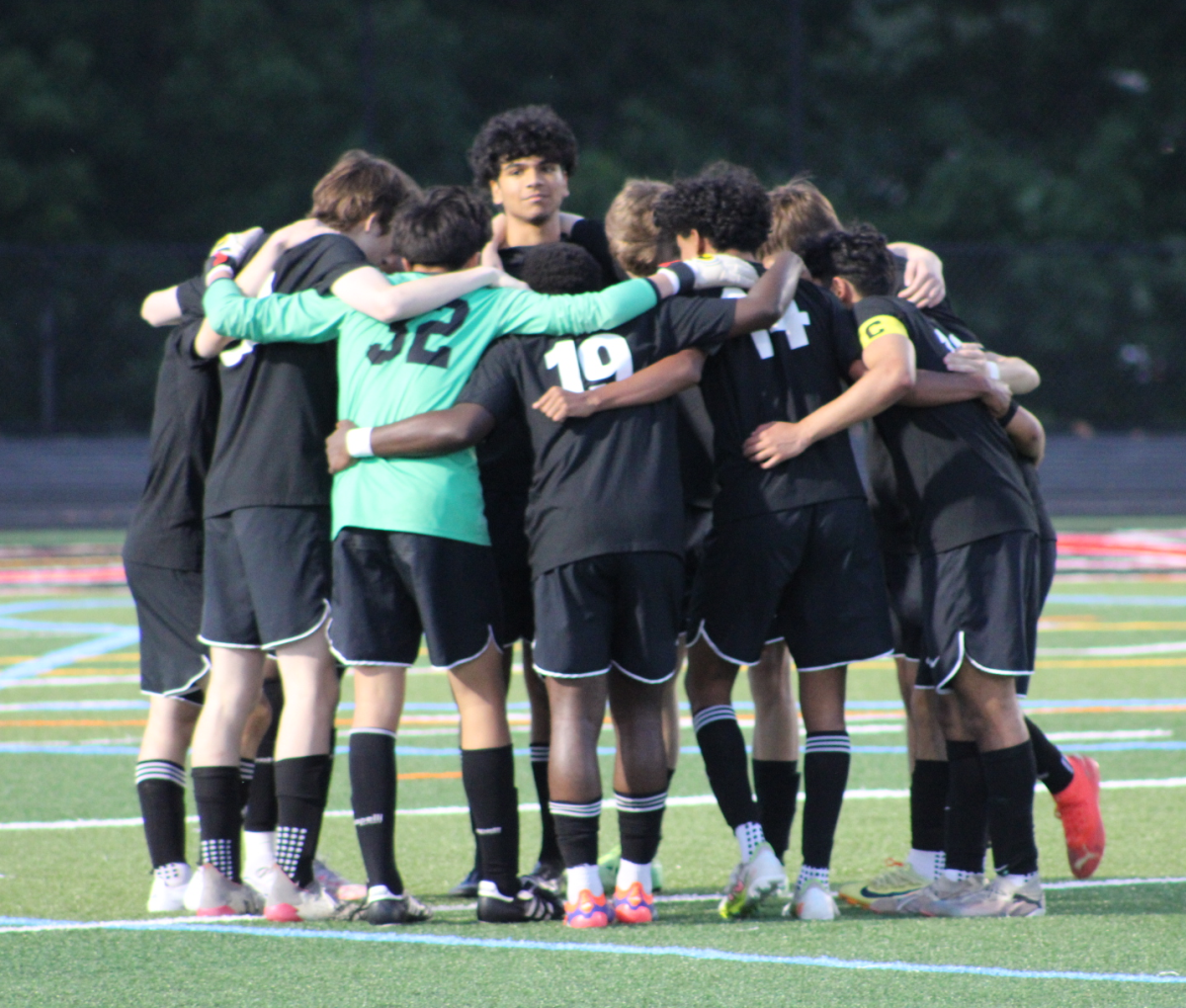
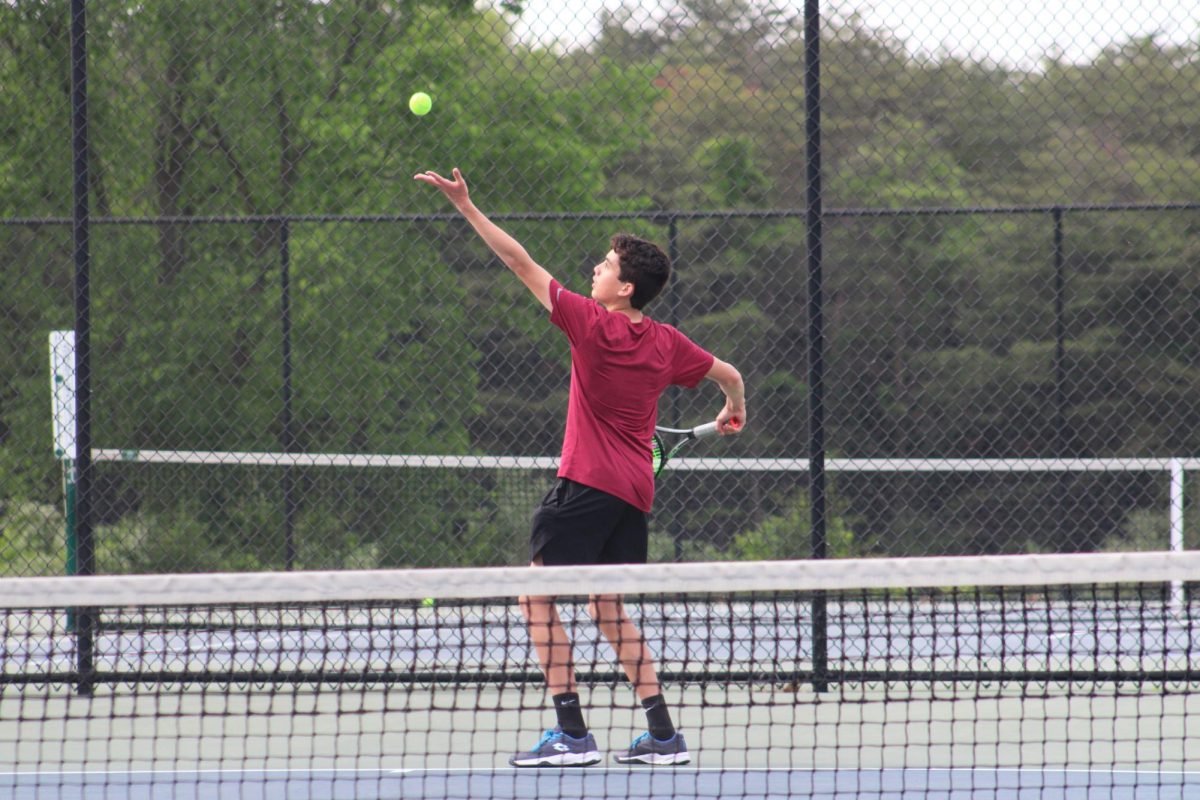
![Junior Alex Alkhal pitches the ball. “[I] just let it go and keep practicing so we can focus on our goal for the next game to get better as a team,” Alkhal said.](https://theblazerrhs.com/wp-content/uploads/2025/05/DSC_0013-1-1200x929.jpg)
